Similar to other localities, from December 23 onwards, the atmosphere of welcoming the Lunar New Year in Hue has also begun to bustle. The Tet flower markets in front of Phu Van Lau, Thuong Bac, and the Central Cultural House have begun to be brilliant with yellow apricot blossoms, dahlias, and large chrysanthemums. In recent years, there has also been the addition of the pink peach blossoms from the North, so the Tet atmosphere is also more rosy.
In big markets like Dong Ba, An Cuu, Tay Loc, Xep market... banana flowers, votive paper and Tet goods are everywhere, sellers and buyers are bustling with joy. The banh chung (square sticky rice cake) kilns on Nhat Le street are also burning day and night. But the happiest thing is probably the ceremony to worship Ong Cong Ong Tao on the 23rd of December. Unlike in the North, where people often buy red carp to release animals, Hue people prepare the offerings very thoughtfully. Every house prepares three trays of offerings, large or small depending on the family's circumstances, one tray on the altar to offer to the ancestors, one tray in the kitchen to worship Ong Tao and one tray displayed outdoors to offer to the souls who have no place to burn incense. Therefore, on that day, all the streets in Hue are filled with the fragrant smell of incense and the red glow of burning votive paper in front of the gates of each house.
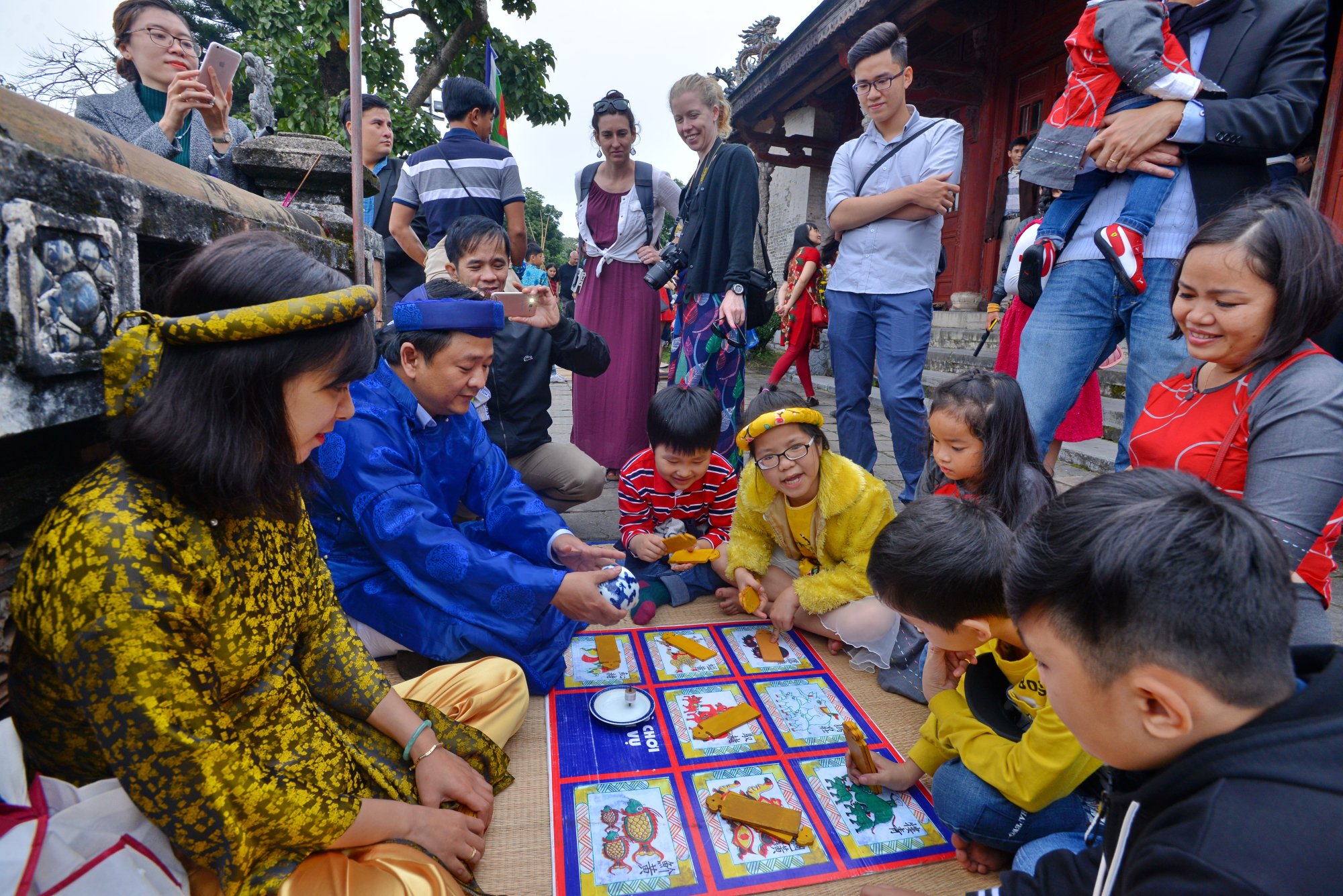
Playing Bai Vu, a royal game in spring. Photo: Thanh Hoa
The closer to Tet, the more people in Hue go to the market to shop for Tet. Every year, around the 25th to the 27th of the 12th lunar month, no matter how busy she is, she always tries to pack up and go buy a few bunches of bananas, a few kilos of fresh ginger, a dozen kilos of fragrant sticky rice, a few bunches of pickled onions, a couple of kilos of pork, beef, and even a chicken.
Nowadays, cakes, jams, and fruits are always available, but my mother and most of the women in Hue still choose to make them themselves. On the 28th or 29th of Tet, my father takes care of the pot of banh chung and banh tet, my mother makes jam, my youngest sister arranges flowers on the altars, and I, the head of the group, am assigned to clean up the altars inside and out. In the evening, by the red fire of the banh chung pot, my mother carefully sets up the charcoal stove to make jam. One year, it was cold and rainy, my brothers and I huddled around the fire watching my mother make jam, and I will always remember the strong smell of burning wood, the strong smell of ginger jam, the pungent smell of woolen clothes, and the sweet smell of my mother's cajeput oil, all mixed together in a warm, close, unforgettable way.
The Hue people's three-day Tet worship is also really elaborate and serious. Not to mention, even in my family, although it has been simplified a lot, during the three days of Tet, from the first to the third, there are three worship meals every day. The ceremony does not need to be much, just whatever is available, morning worship, noon worship, evening worship. Every time there is worship, my father carefully puts on his turban and long dress, washes his hands, rinses his mouth, respectfully offers incense, pours wine, and pours tea. Every time like that, he often makes us stand next to him to listen to his instructions and explanations, and after many times, we also learn a little more about the old customs.
Tet is like that for the people, Hue also has Tet customs in the royal court. In recent years, the Hue Monuments Conservation Center has restored and organized many royal Tet ceremonies, partly to serve tourists, partly to serve the restoration and preservation of ancient ceremonies in the forbidden palace that have long been lost. The ceremony was restored and organized very elaborately and methodically in the Imperial City, so it attracted a lot of people to come and watch.
Among those ceremonies was the Thuong Tieu ceremony in the palace. Right from dawn when the mist was still covering the city walls, outside the Hien Nhon gate, everyone had gathered. In front was a ceremonial band with drums and gongs, followed by several officials wearing red and blue tunics and dragonfly-wing hats. At the end was a row of royal guards wearing red and yellow tunics, conical hats, and leggings, together carrying a large bamboo pole about ten meters long, with a bunch of leaves still attached to the top of the bamboo with a banh u lantern and a small triangular flag.
At about the right time, gongs and drums sounded, the procession carrying the pole entered the Imperial City, the atmosphere was very solemn and heroic. The procession walked for a long time and finally arrived at The Mieu Temple, where the Nguyen Dynasty kings were worshiped. On the lawn in front of The Mieu Temple, an altar was set up, with incense smoke billowing. At the altar, dignitaries in ceremonial robes respectfully burned incense. After the ceremony, it was time to raise the flute. Dozens of people cheered, some pushed and some pulled, and after a while, the pole was erected in the middle of the yard. When the pole was raised high and fluttered in the wind, everyone was happy and excited. So Tet had officially arrived in the forbidden palace.
Another unique spring ritual is the changing of the guard ceremony and the march to protect the forbidden palace. Right in front of the Ngo Mon Gate, the royal guards line up in neat rows, swords and spears drawn, with a heroic spirit. Accompanying them is always a ceremonial band performing lively ceremonial music. When it is time to change the guard, the captain, wearing a brocade robe, holds a drawn sword in his hand, points straight up to the sky and shouts loudly: "Enter the palace". After the shout, the soldiers march into the citadel through the side gate, because the middle gate is reserved for the king only. Seeing the royal guards marching through the citadel gate with flags flying high, gongs and drums resounding, everyone watching expressed excitement and amazement, especially the foreign guests.
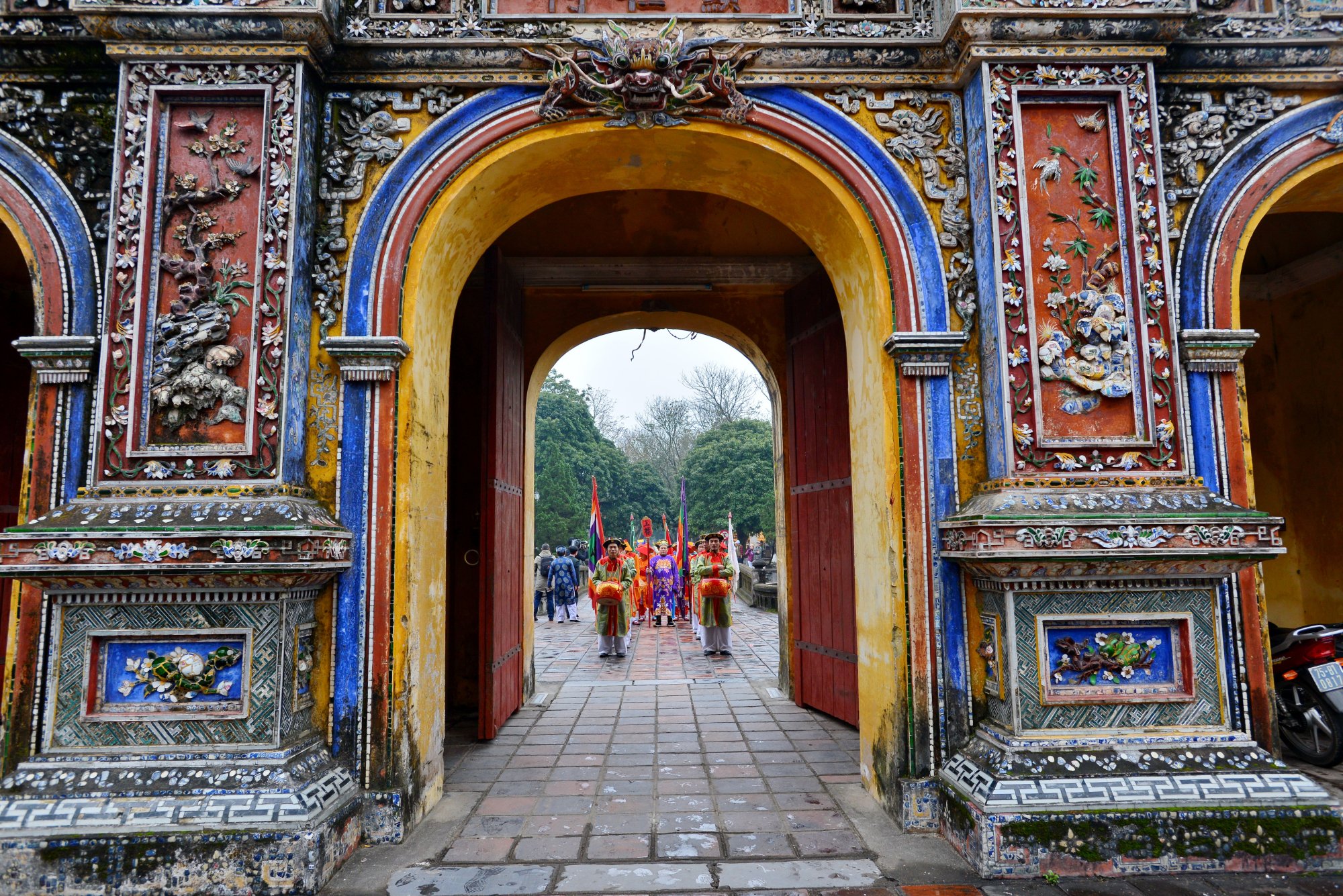
Hien Nhon Gate before the Thuong Tieu ceremony. Photo: Thanh Hoa
The soldiers marched around Thai Hoa Palace, both for visitors and as if reenacting the scene of the Imperial Guards marching to protect the emperor during the spring festival, as they did hundreds of years ago.
According to historical books and ancient people, the spring rituals in the Nguyen Dynasty's forbidden palace still have many strange stories. Dr. Phan Thanh Hai - Member of the National Cultural Heritage Council, Director of the Department of Culture and Sports of Thua Thien Hue province, said that during the Nguyen Dynasty, the ceremonial activities before and after Tet were always organized very solemnly and thoughtfully. The rituals often have their own characteristics, which are raised to the level of conventions, so they often focus on the ritual part and not on the festival part. This is different from the spring rituals in the common people, which often focus on the festival part more than the ritual part because it is to give people the opportunity to enjoy themselves after a year of hard work.
In addition to the rituals, the spring banquets in the royal palace were also very lavish and elaborate. The culinary ingredients in the royal palace were provided from three main sources: purchased from the capital's market or neighboring regions, tributes from local areas, and purchases from abroad.
Spring Day talks about the traditional Tet flavor of Hue people and recalls a little bit about the Nguyen Dynasty's royal Tet to evoke the traditional Tet atmosphere of the ancient capital that is still preserved today, and to show the way of taking care of the people of the ancient kings. Talking about the past, thinking about the present, everyone wants the mandarins of any era to know how to "worry before the worries of the people, and be happy after the happiness of the people". That is the blessing of all people.
Article and photos: Thanh Hoa
Source


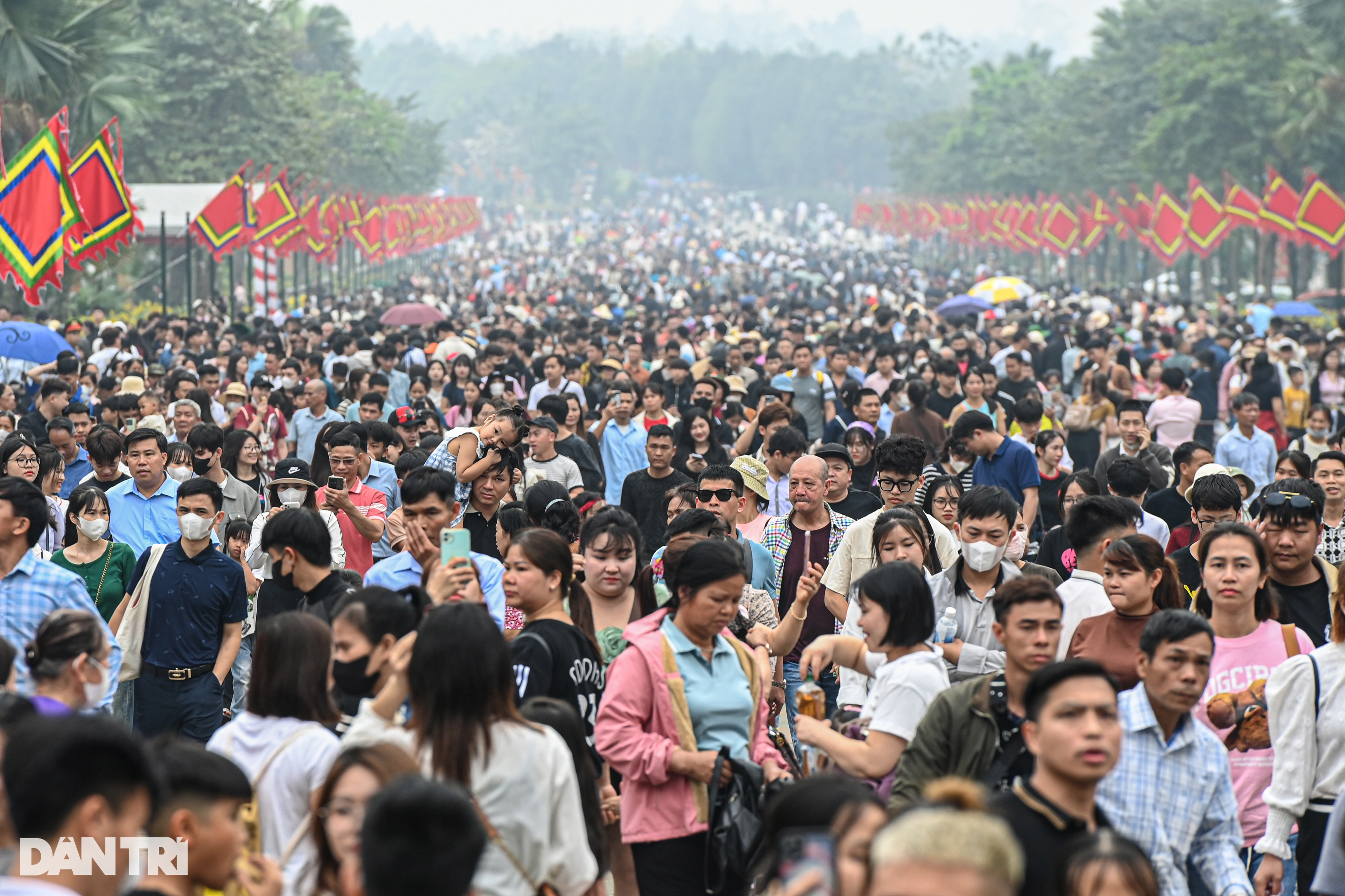
![[Photo] Prime Minister Pham Minh Chinh chairs the regular Government meeting in March](https://vstatic.vietnam.vn/vietnam/resource/IMAGE/2025/4/6/8393ea0517b54f6791237802fe46343b)
![[Photo] Military doctors in the epicenter of Myanmar](https://vstatic.vietnam.vn/vietnam/resource/IMAGE/2025/4/6/fccc76d89b12455c86e813ae7564a0af)
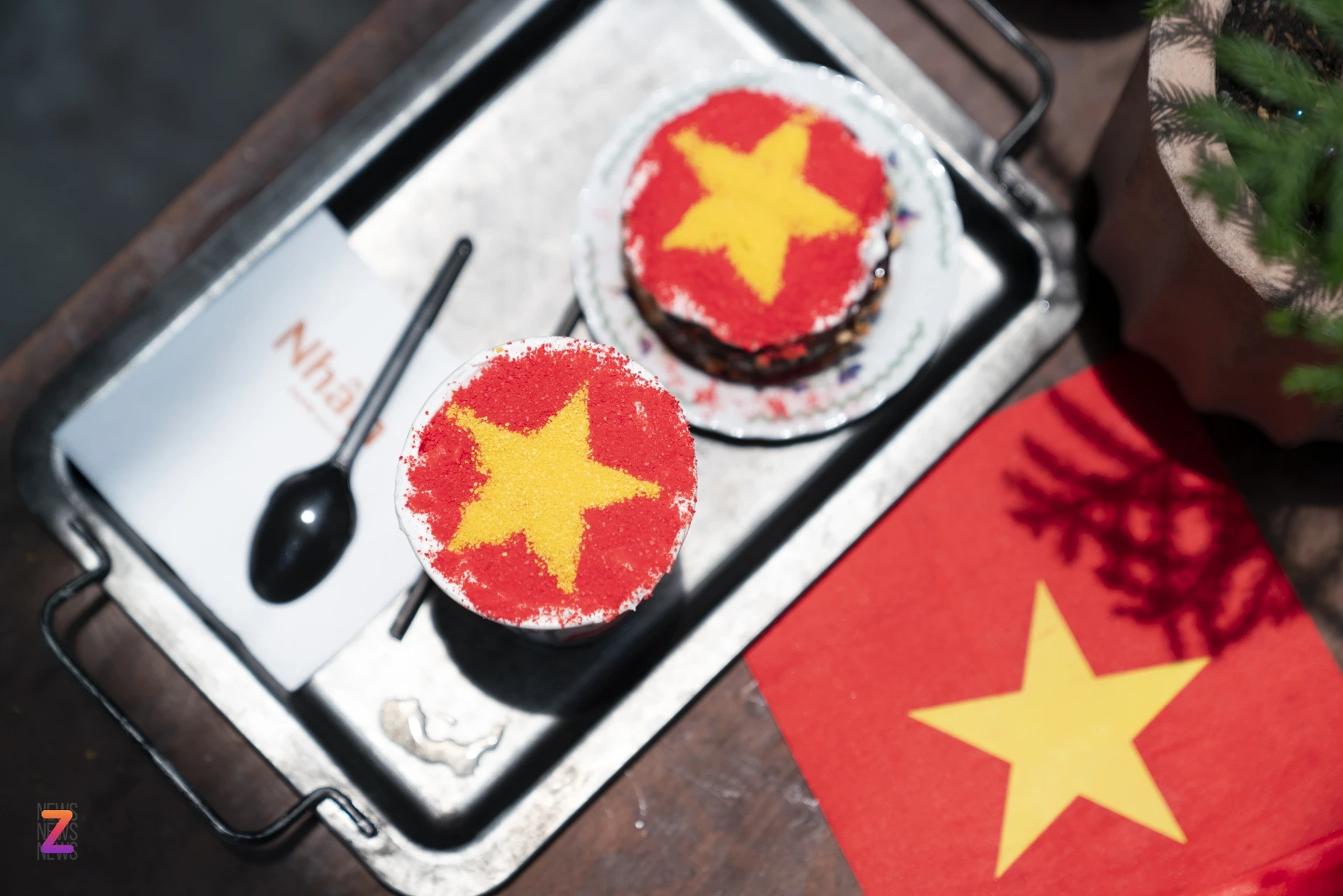
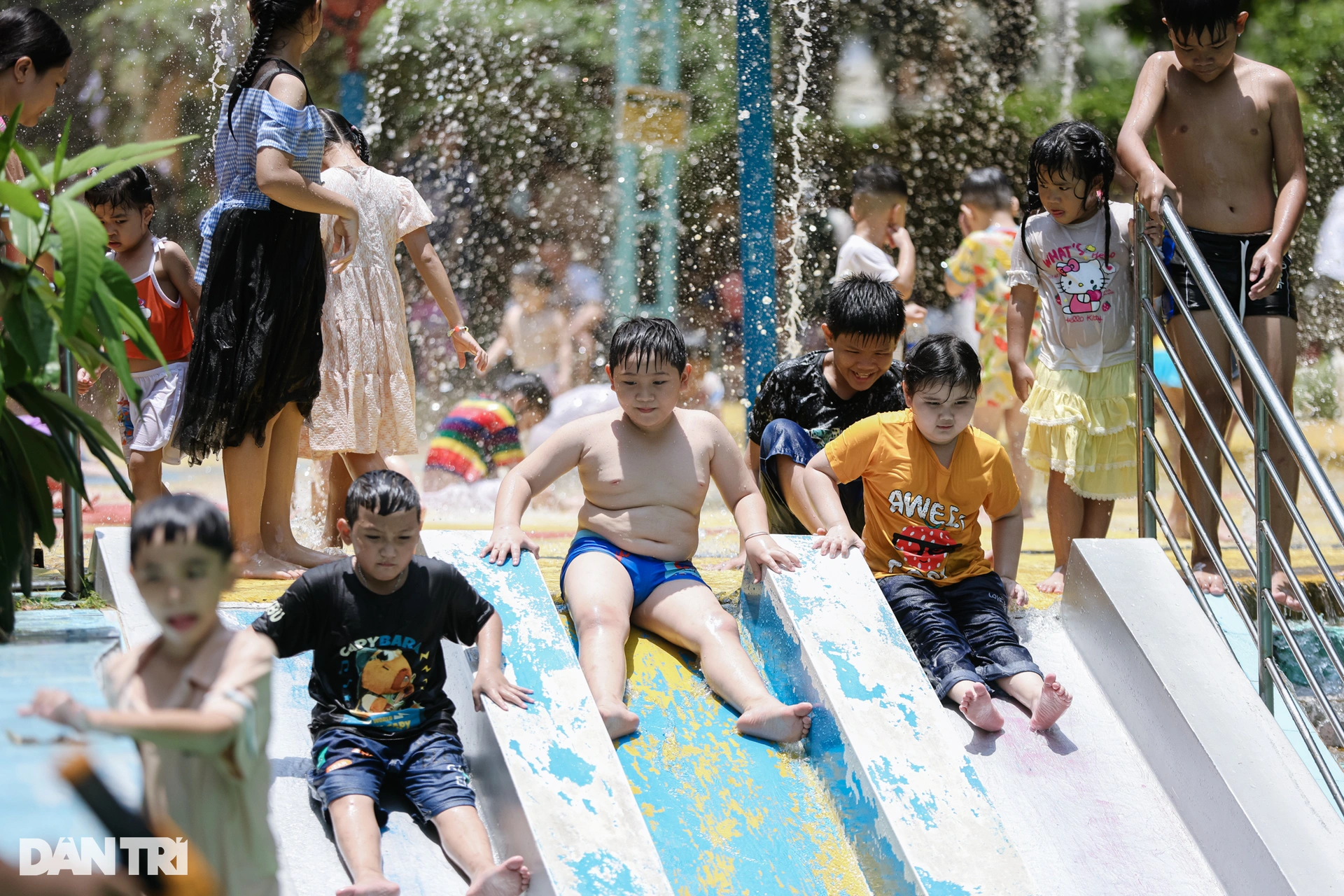
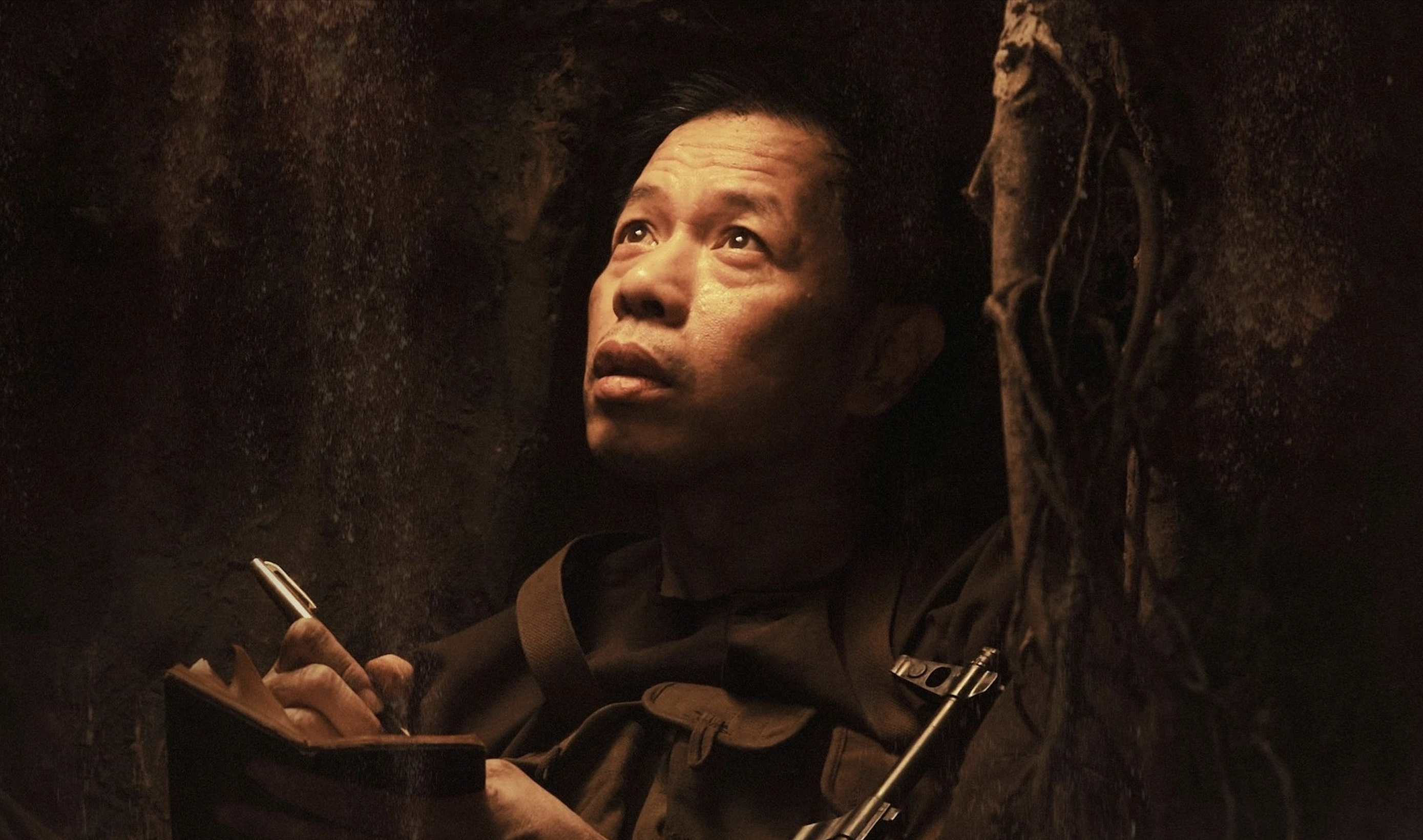
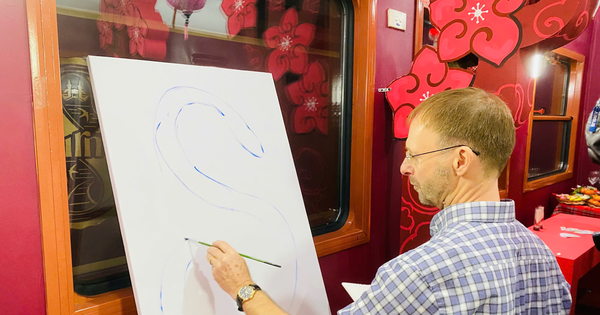

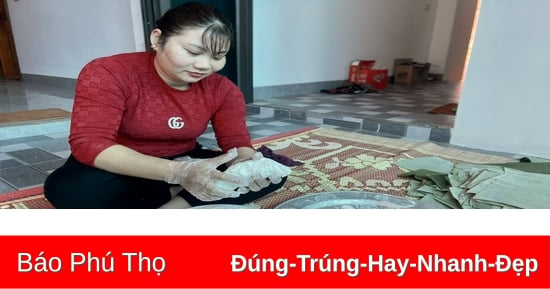

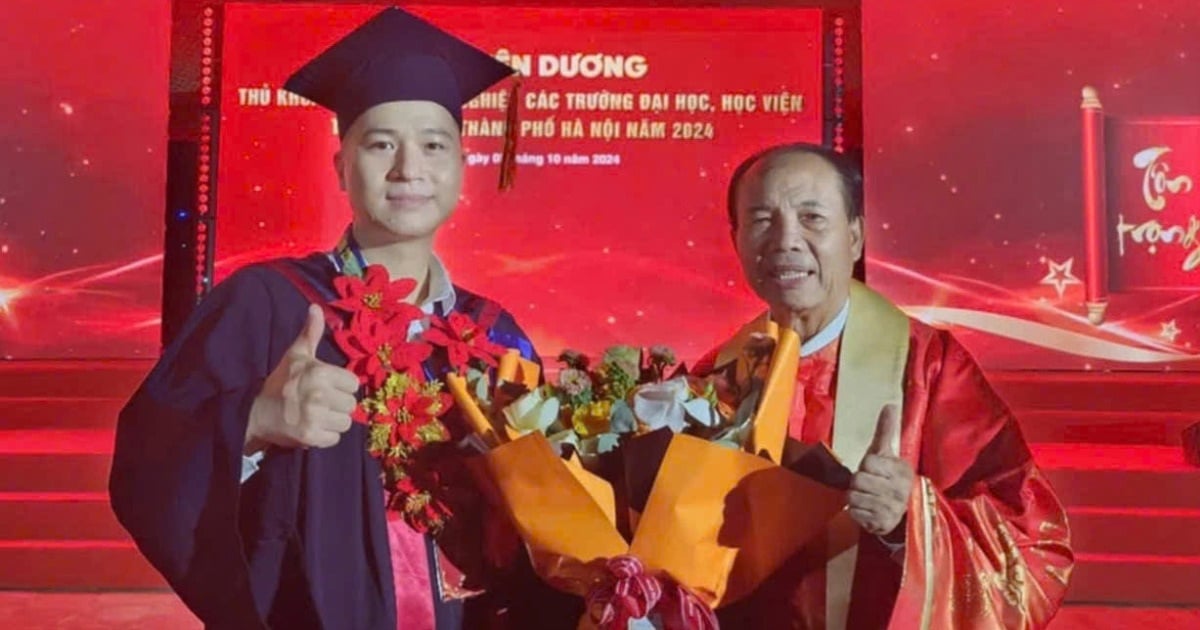

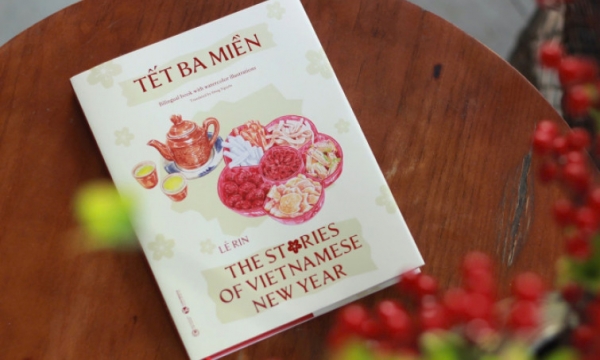
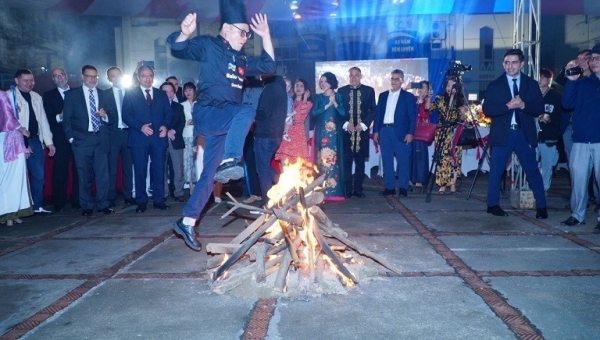

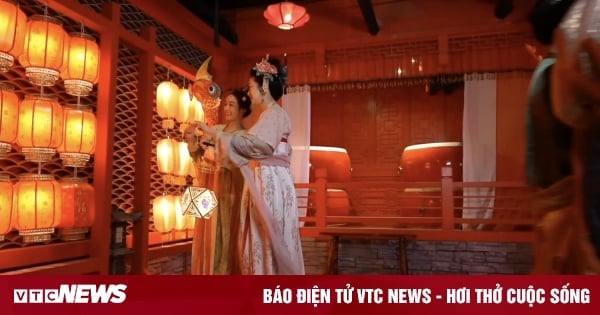


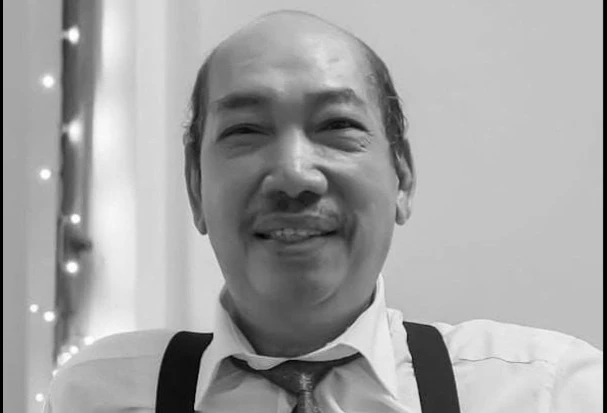

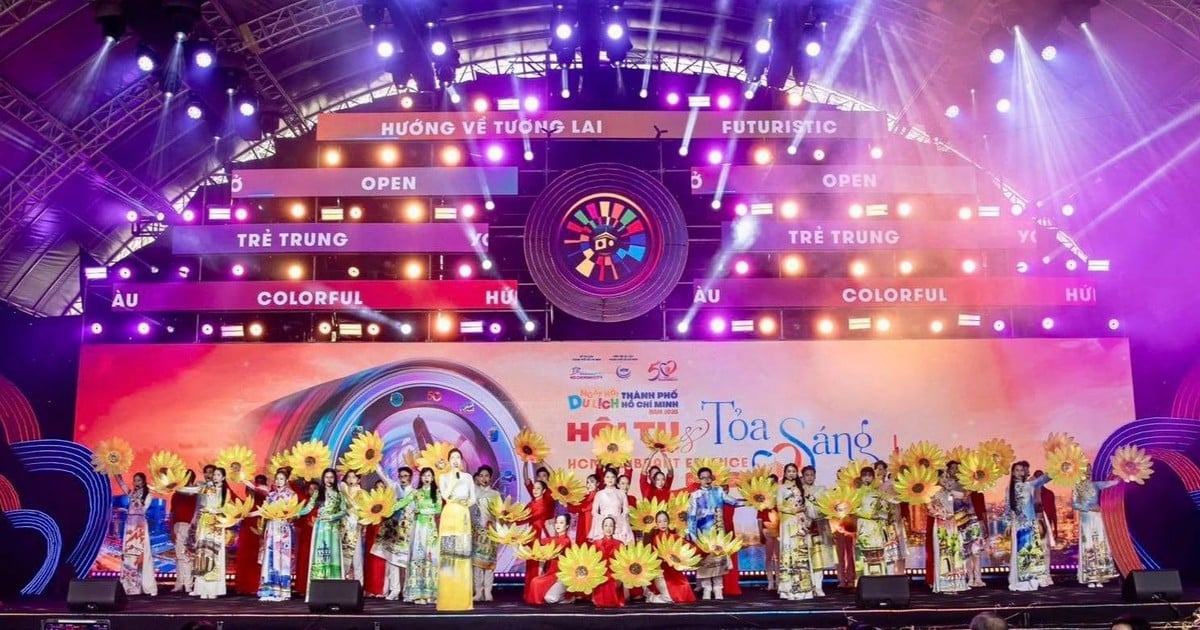
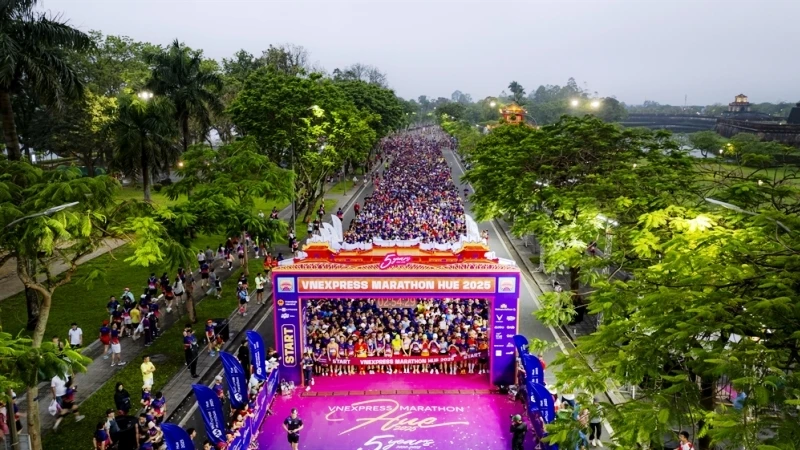
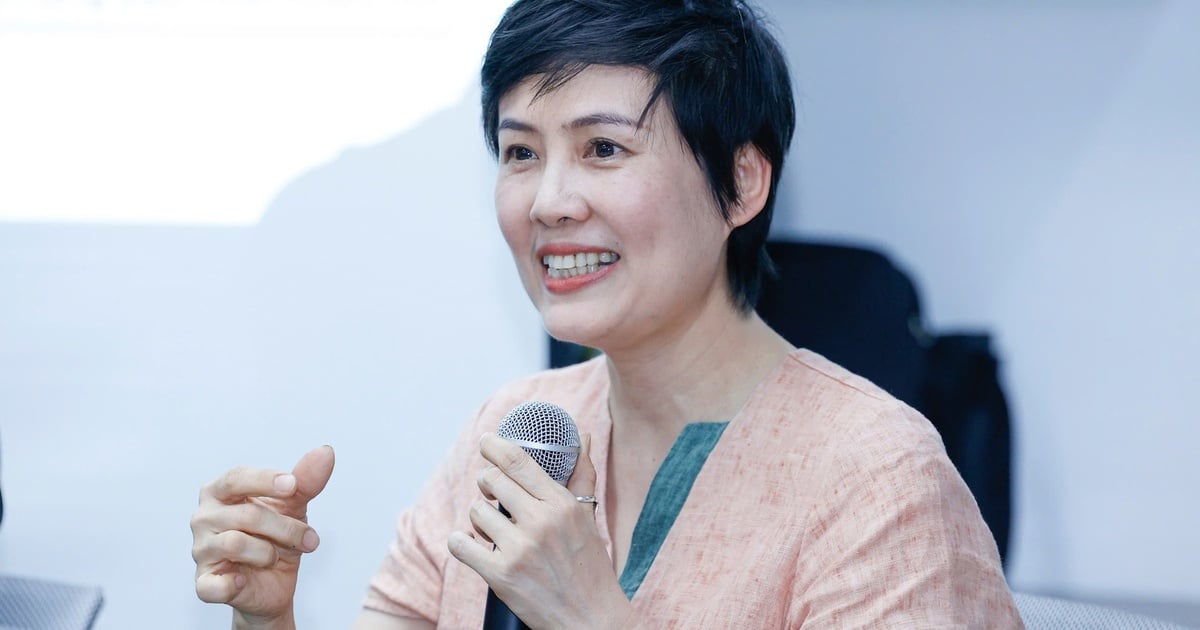
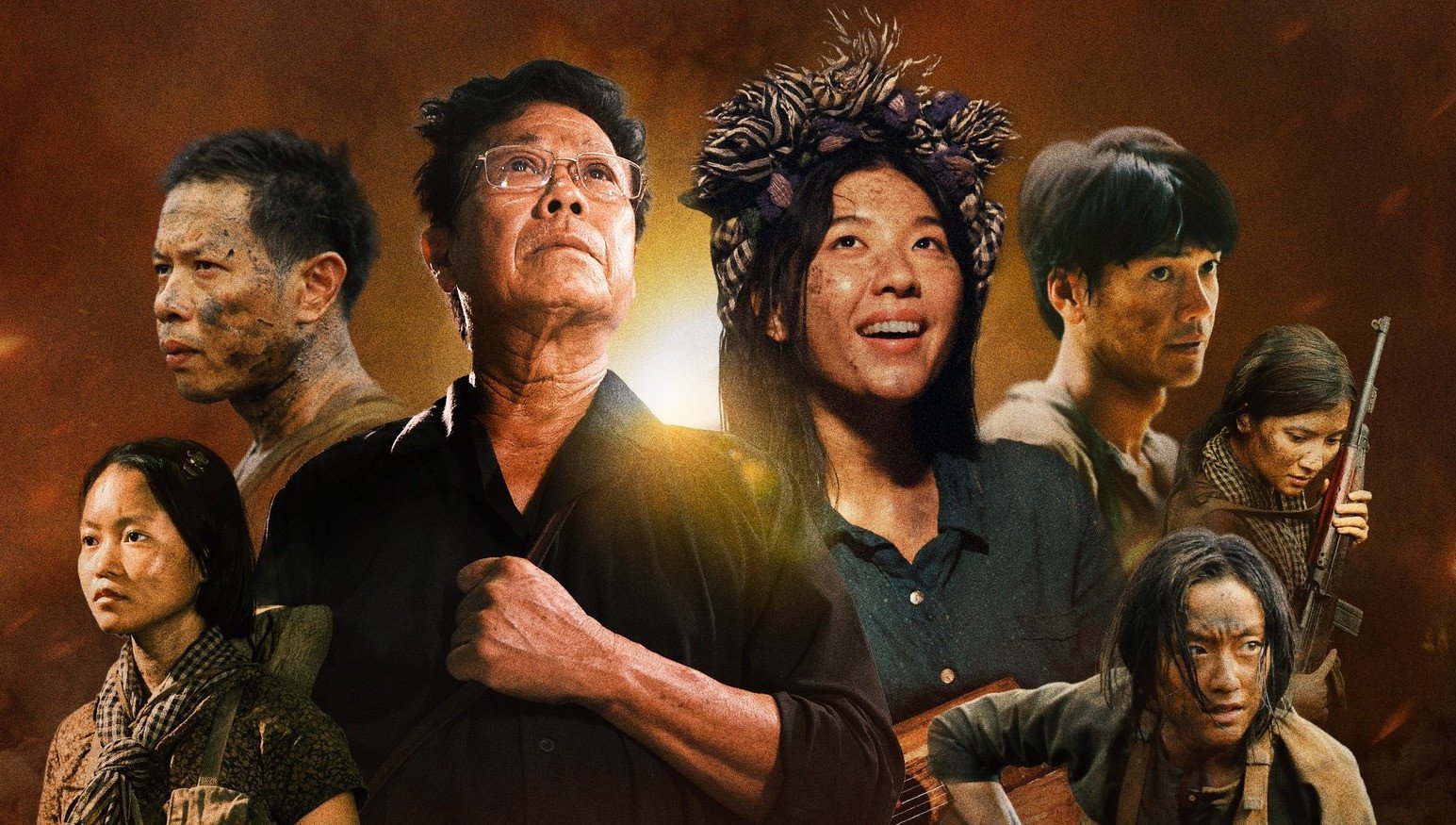
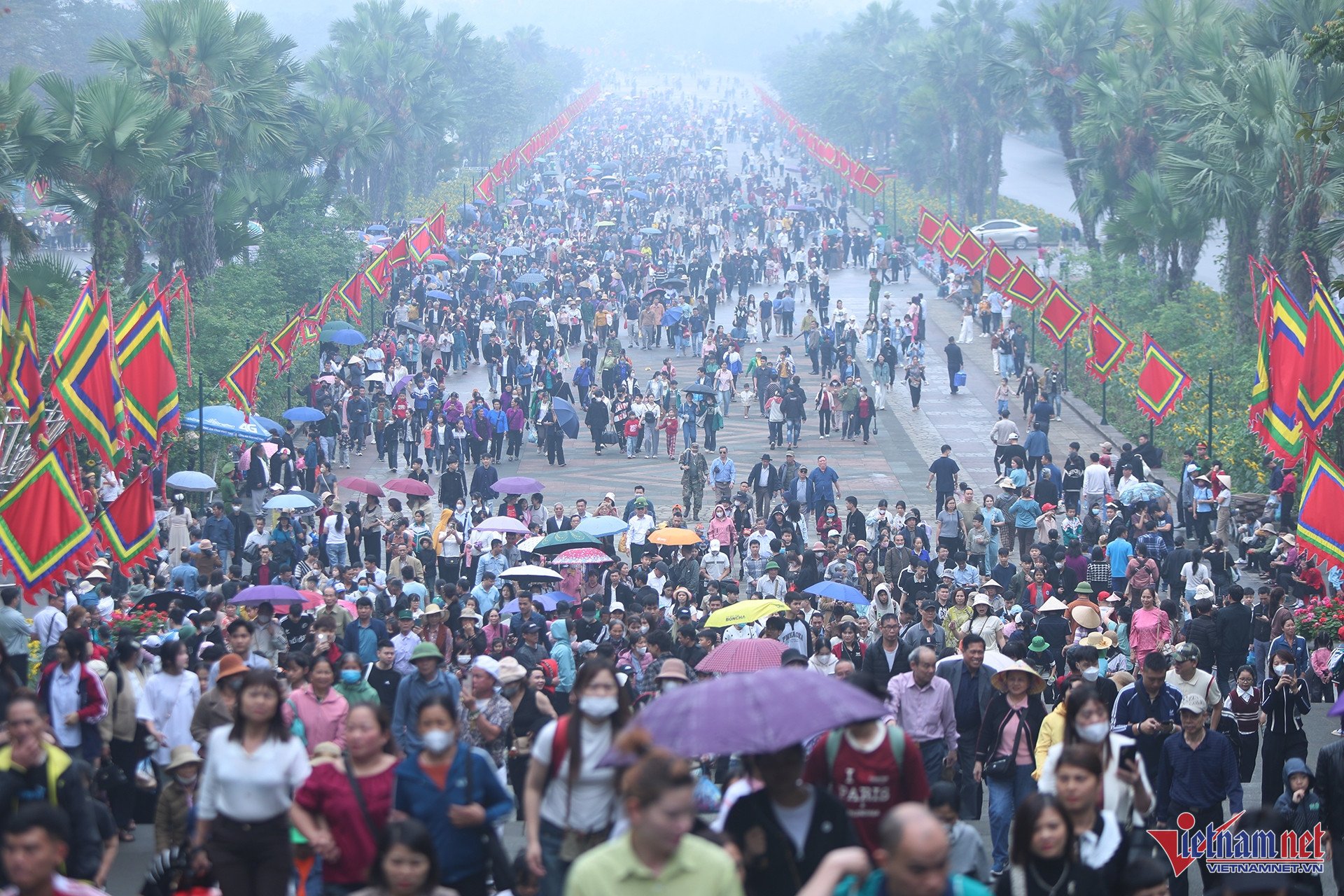

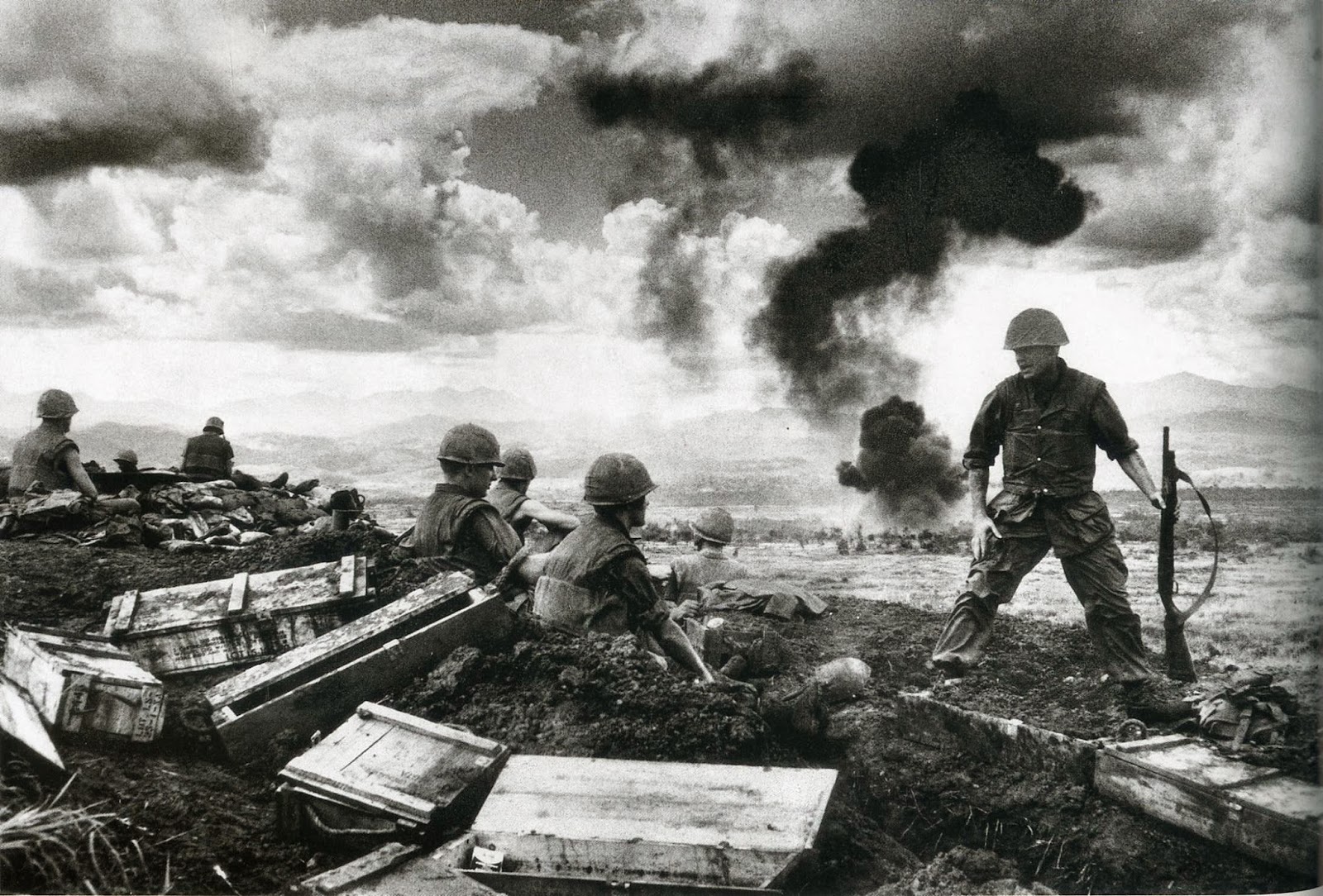
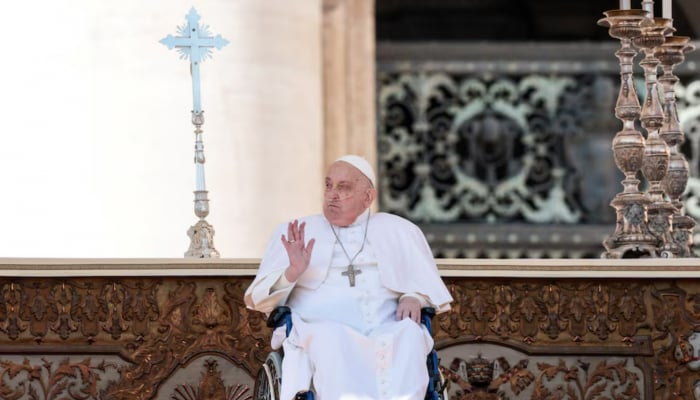
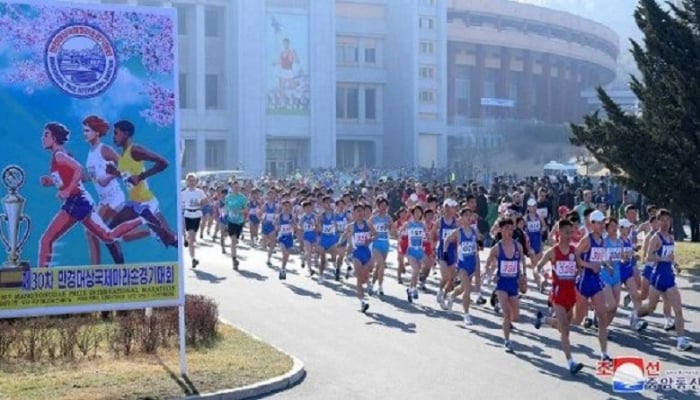

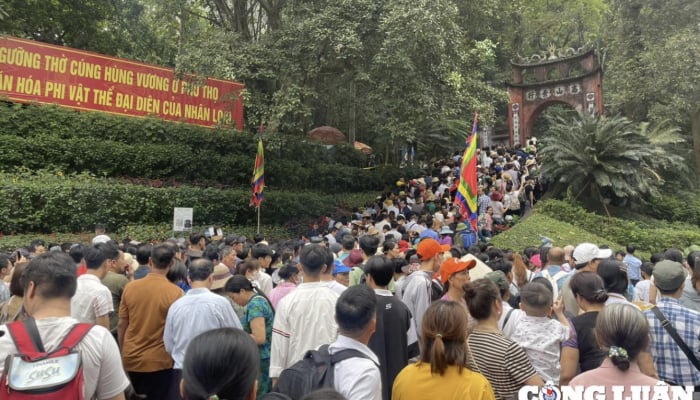

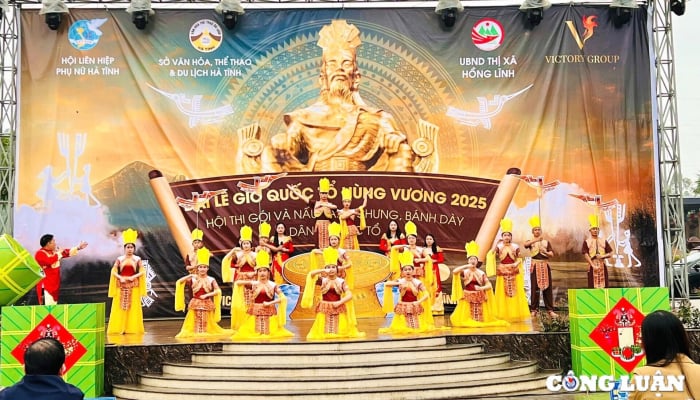
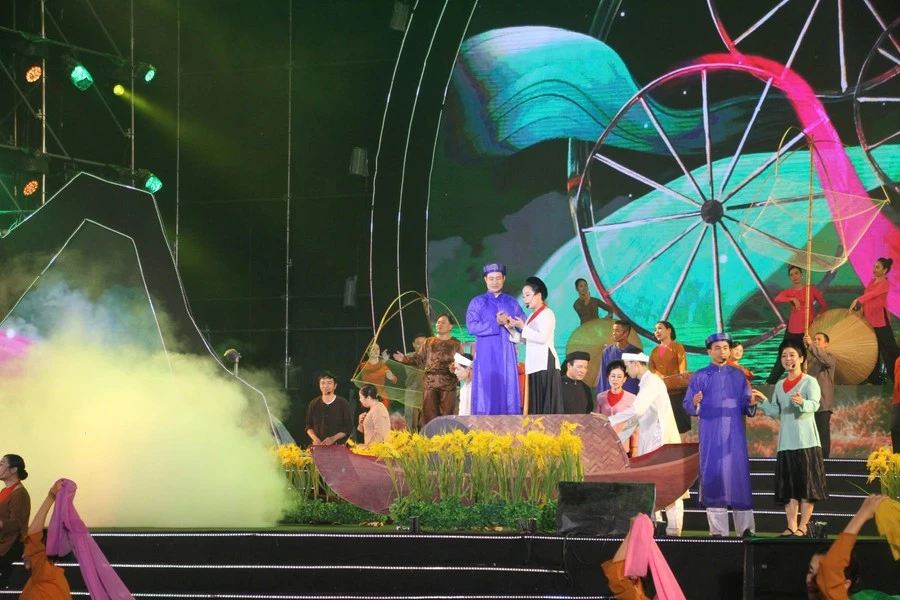

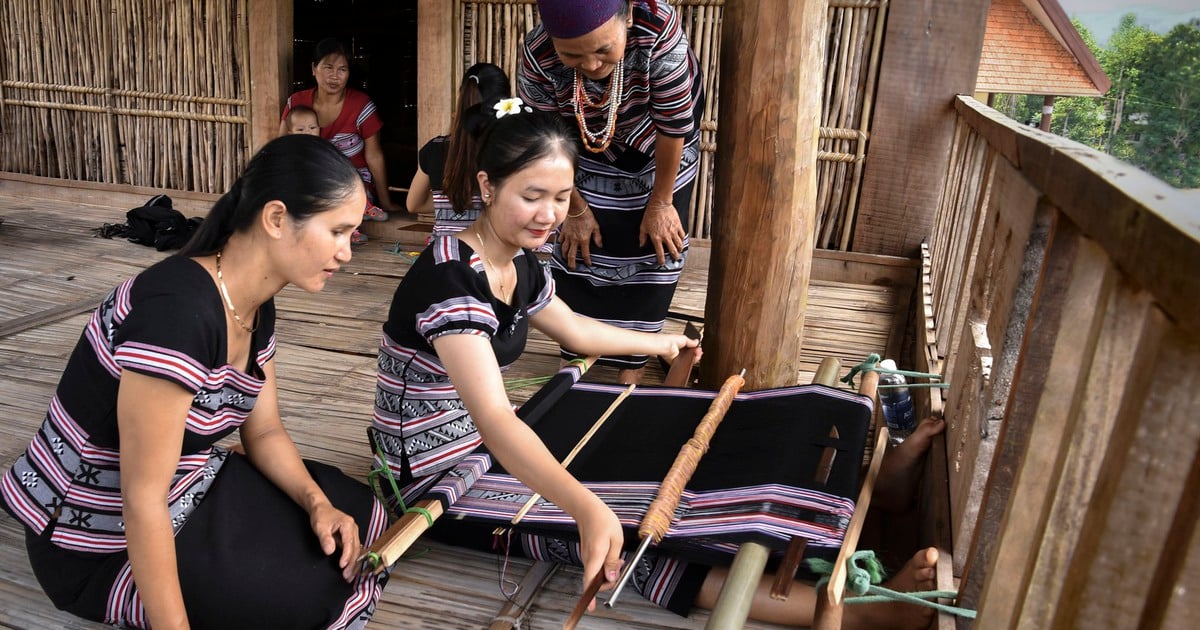

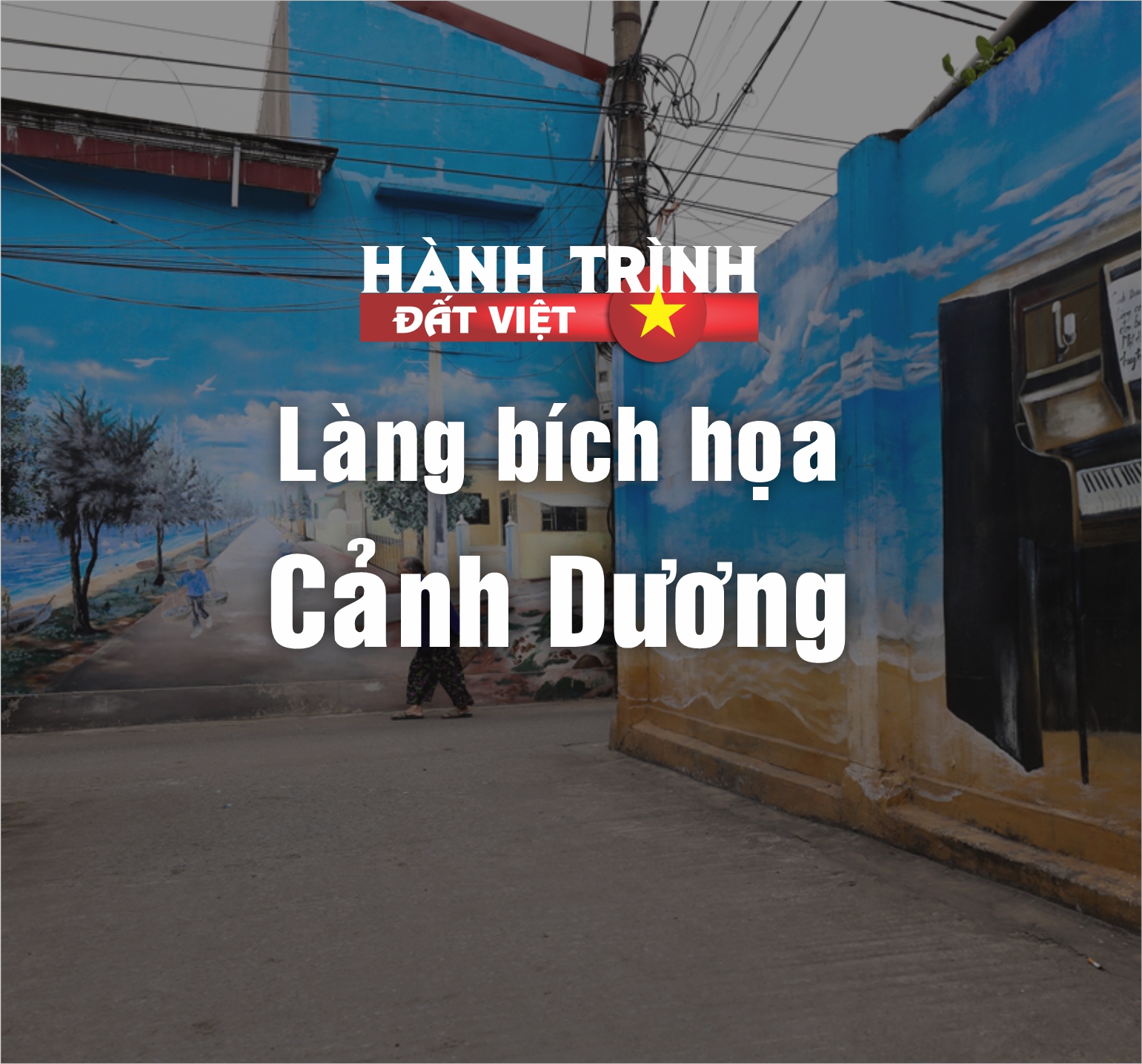

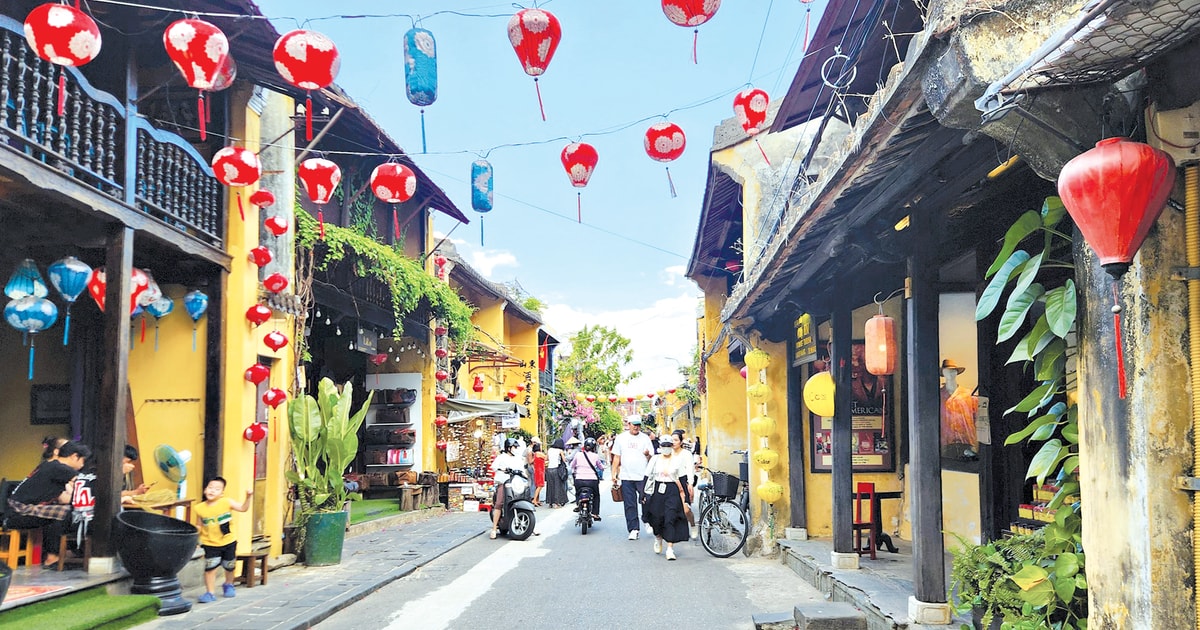

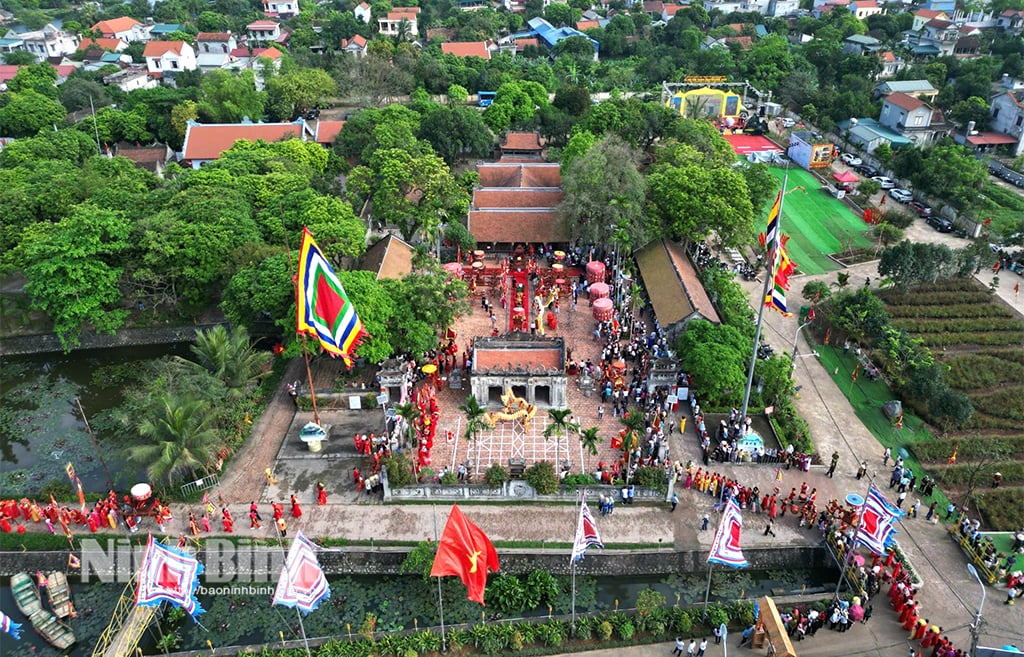
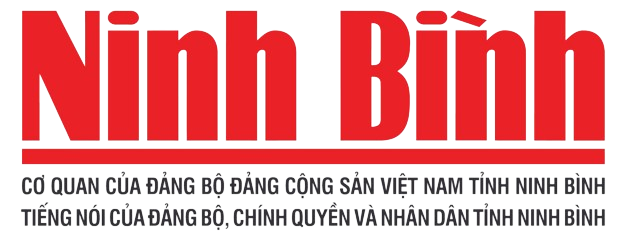
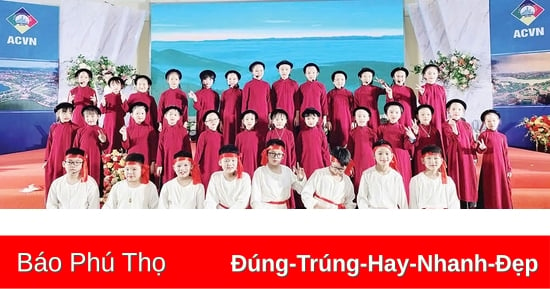

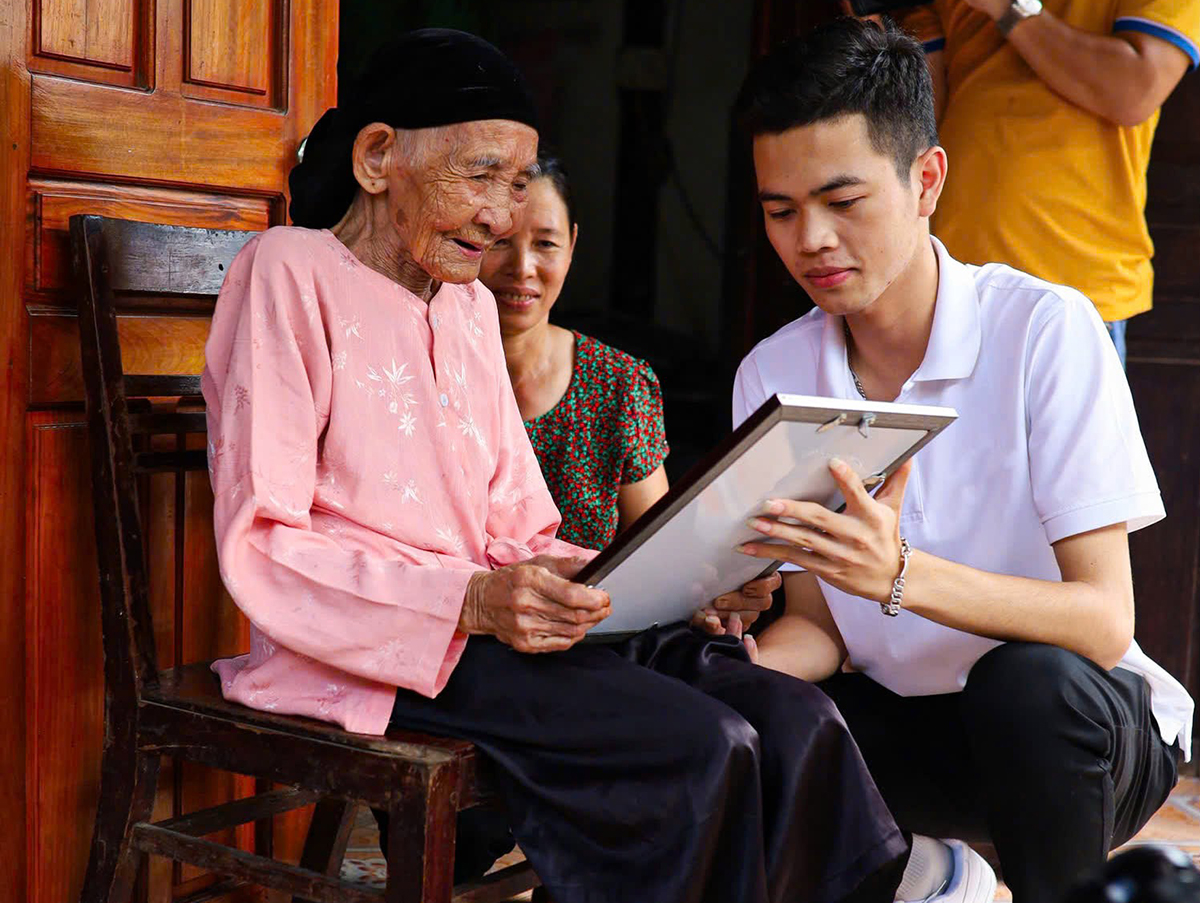

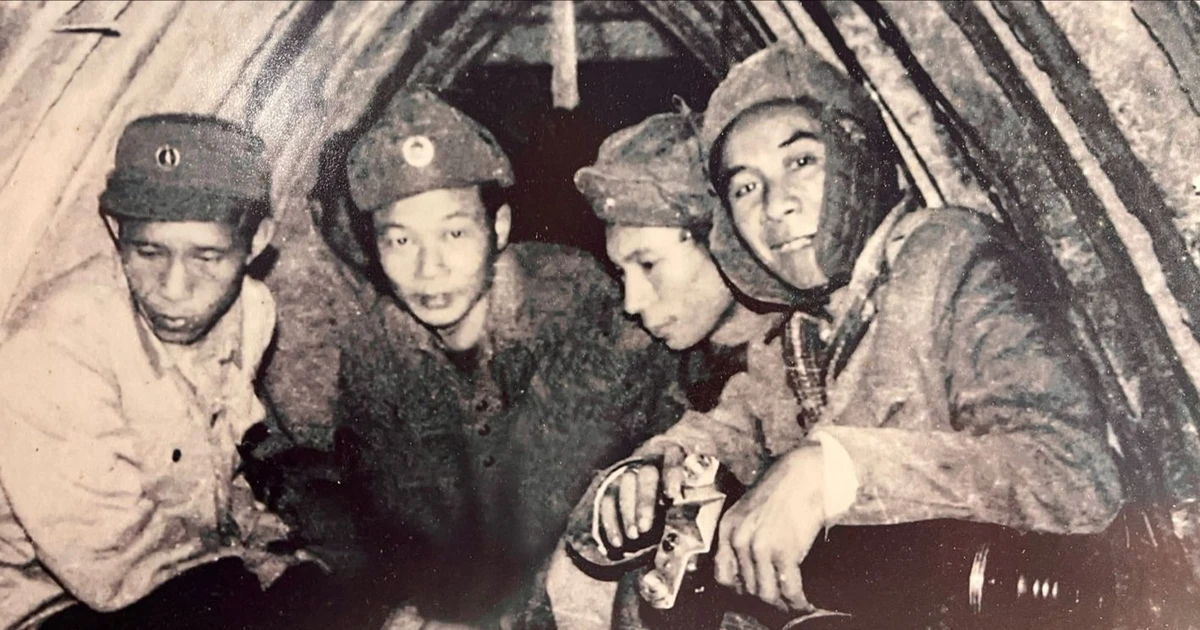

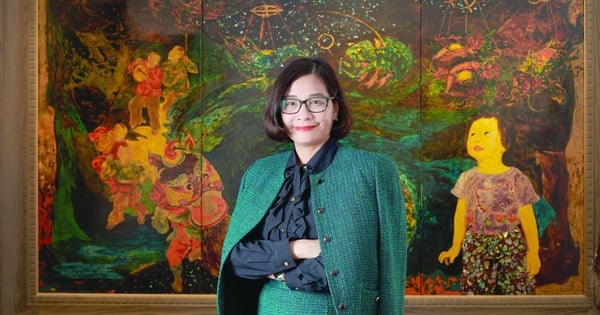

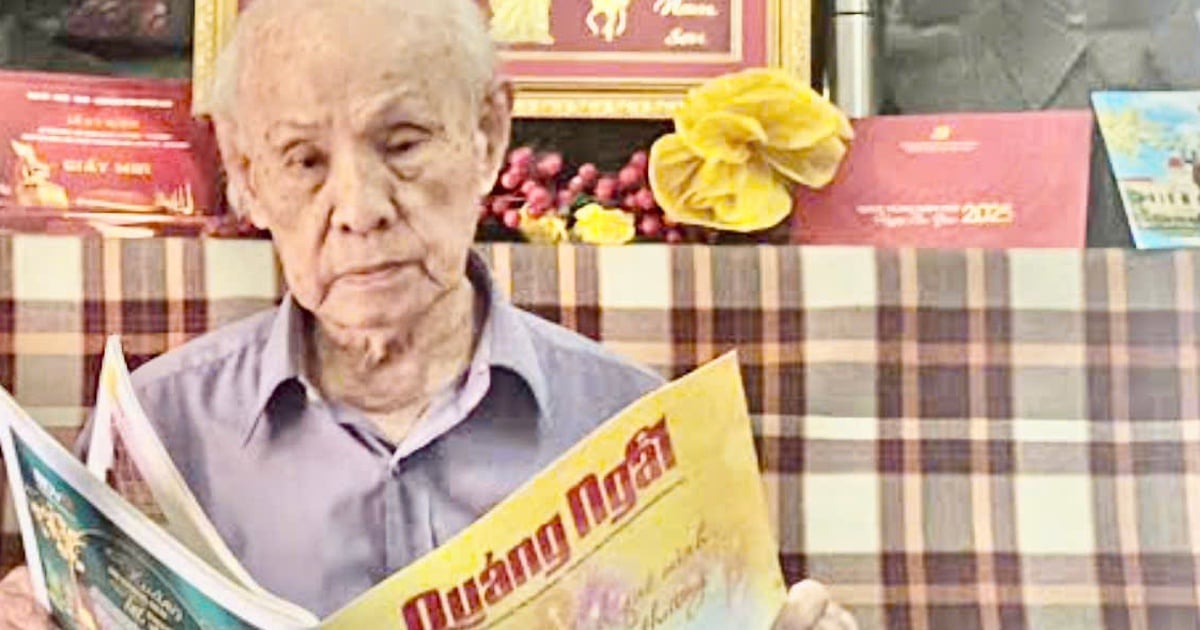
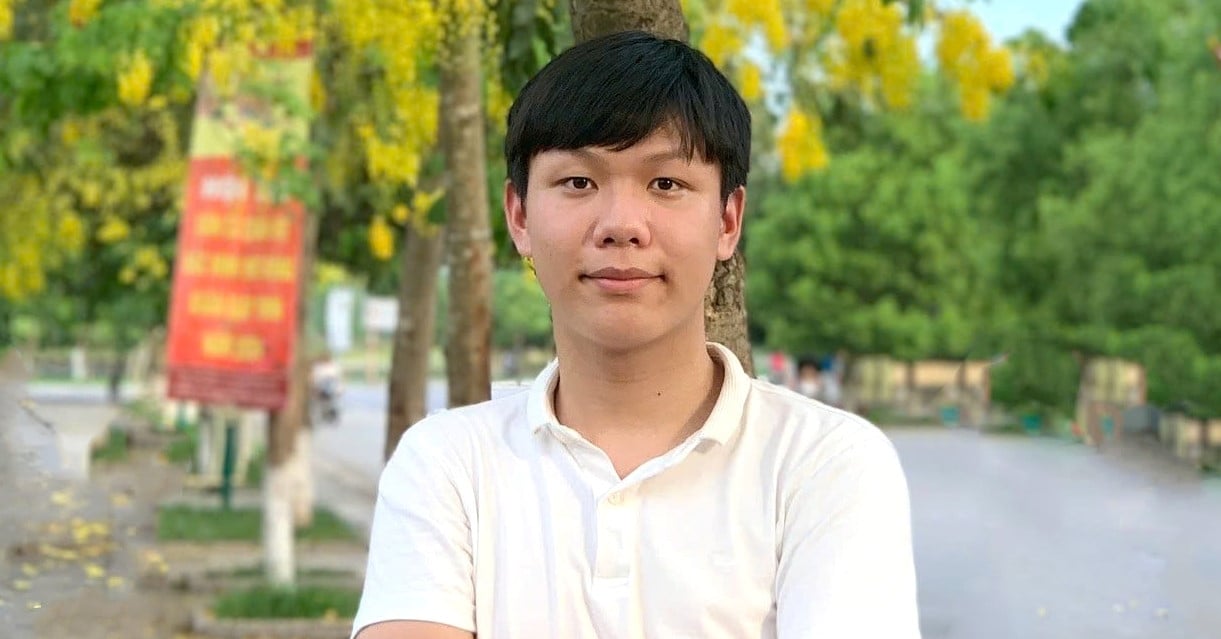

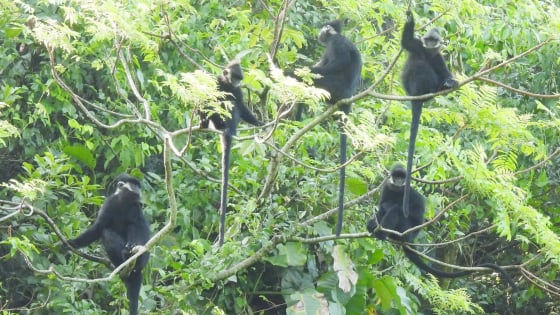

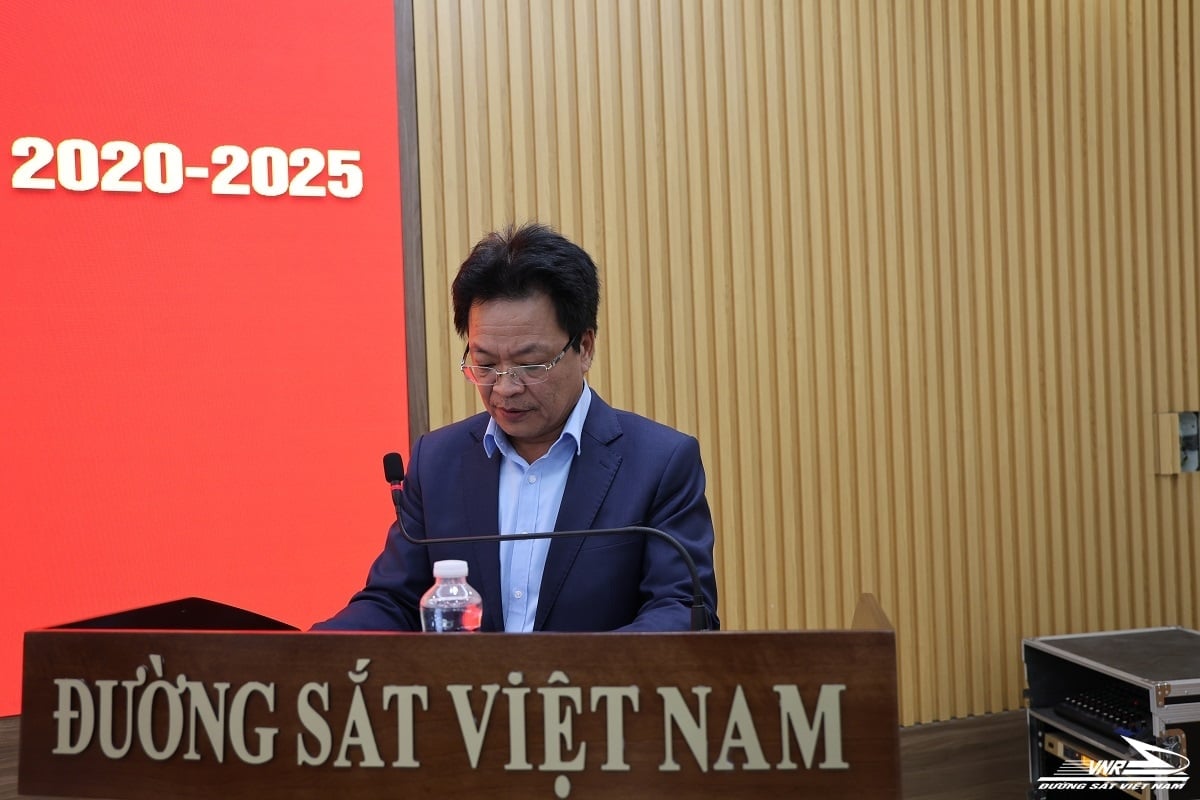
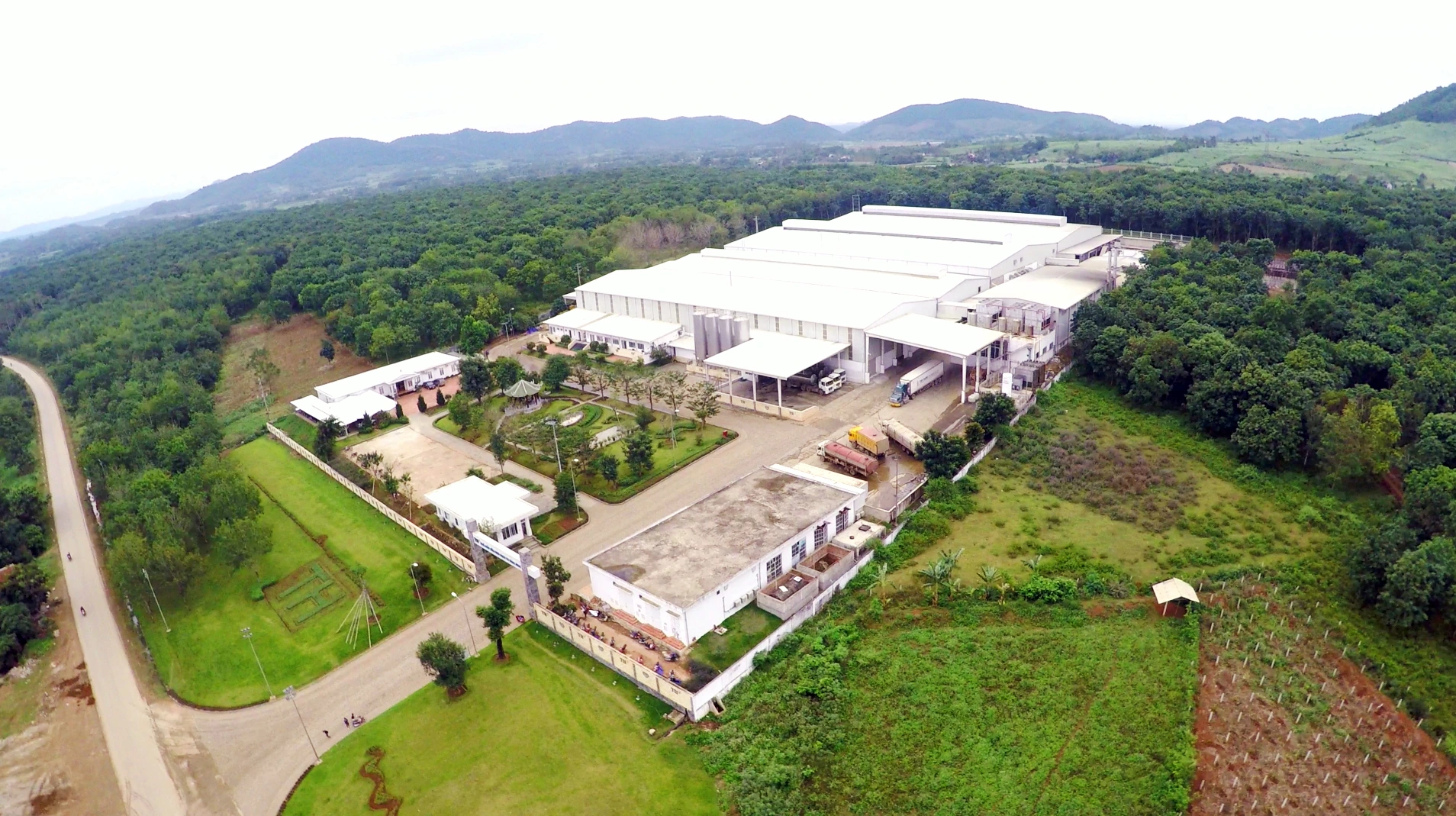




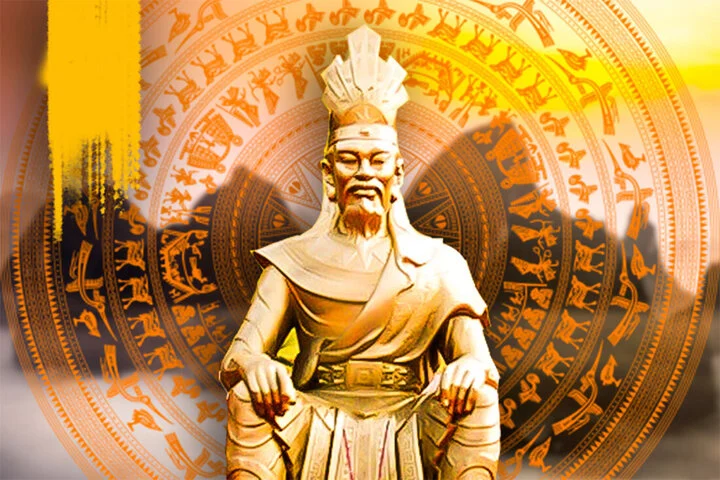

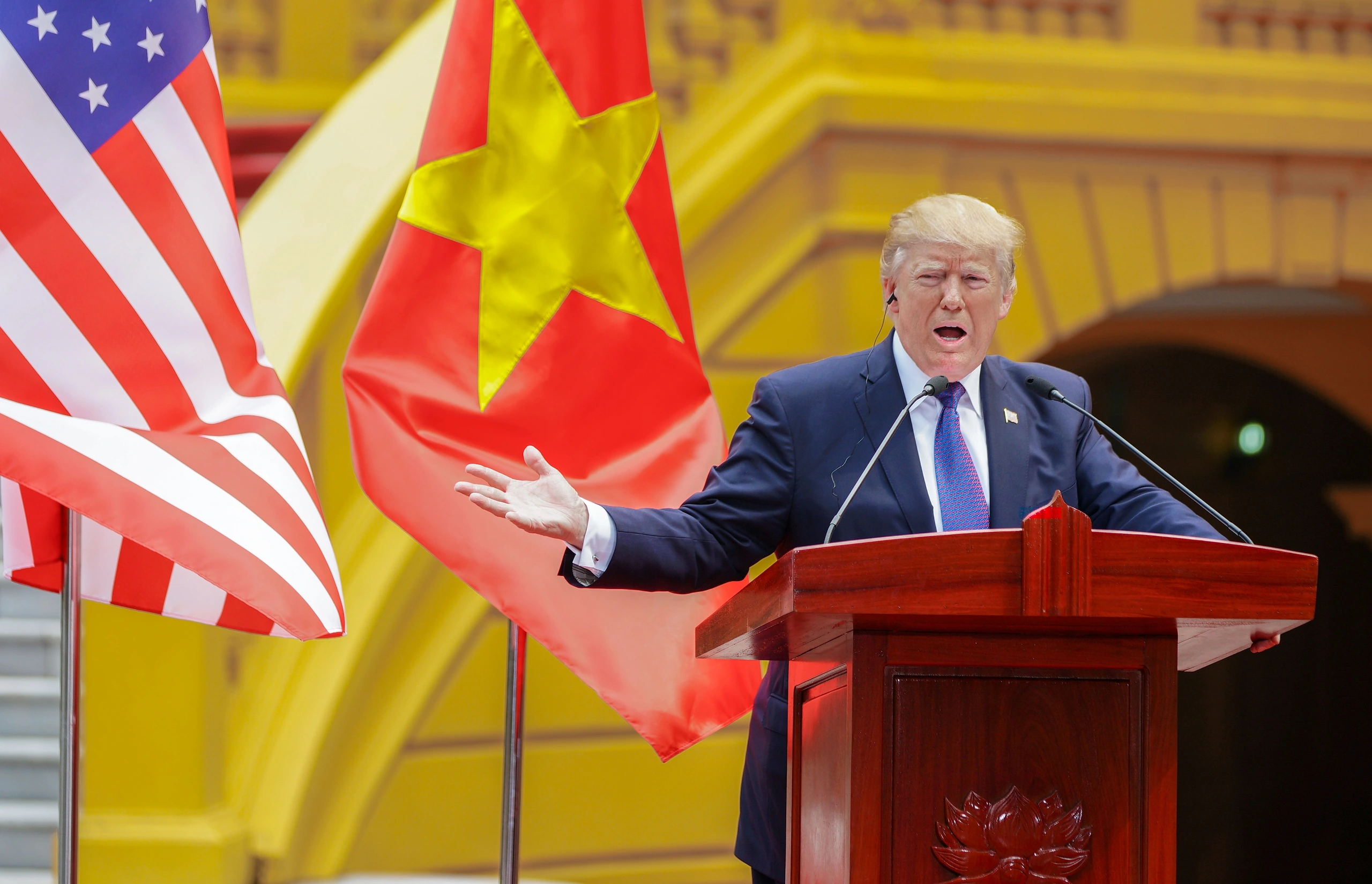
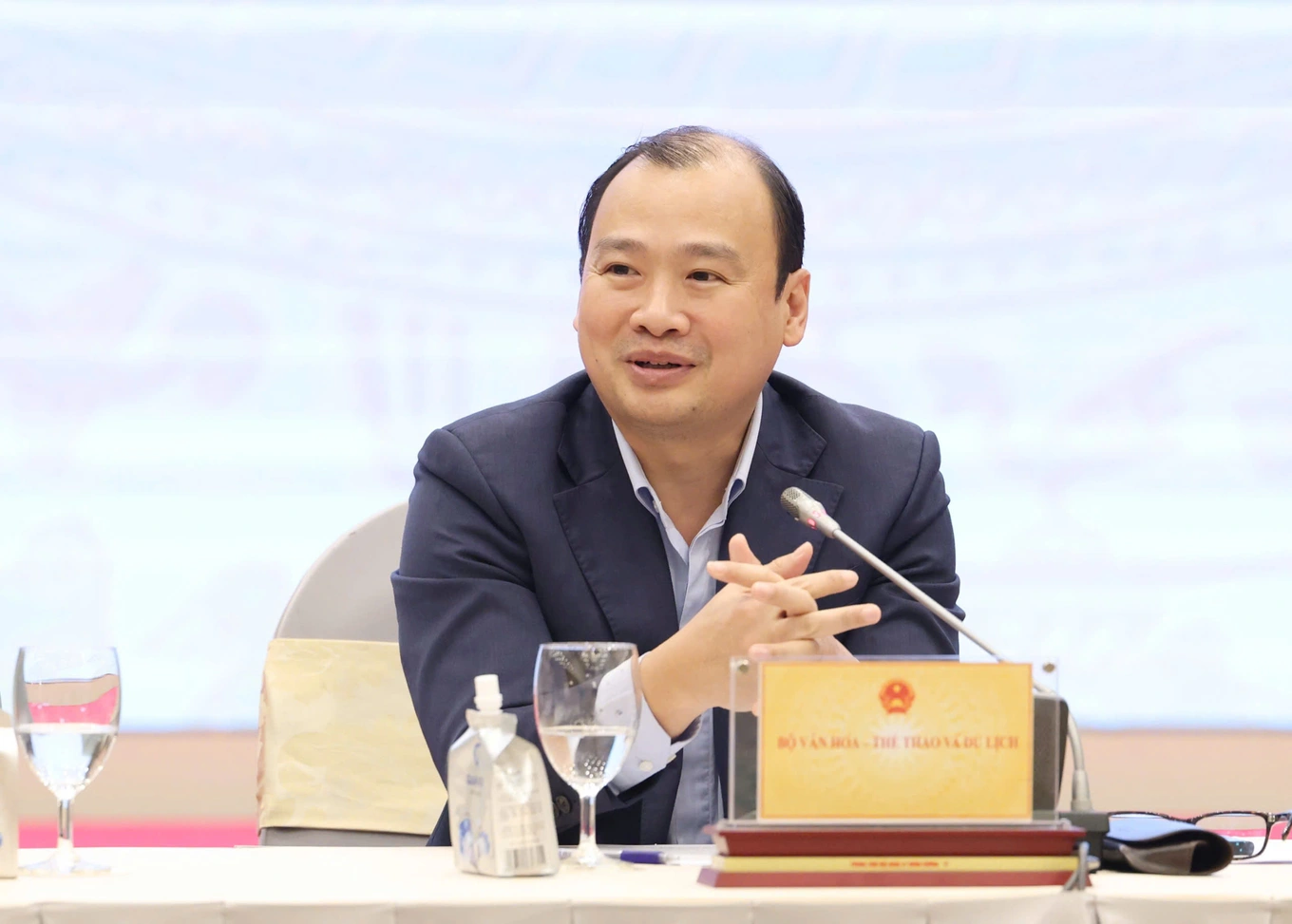









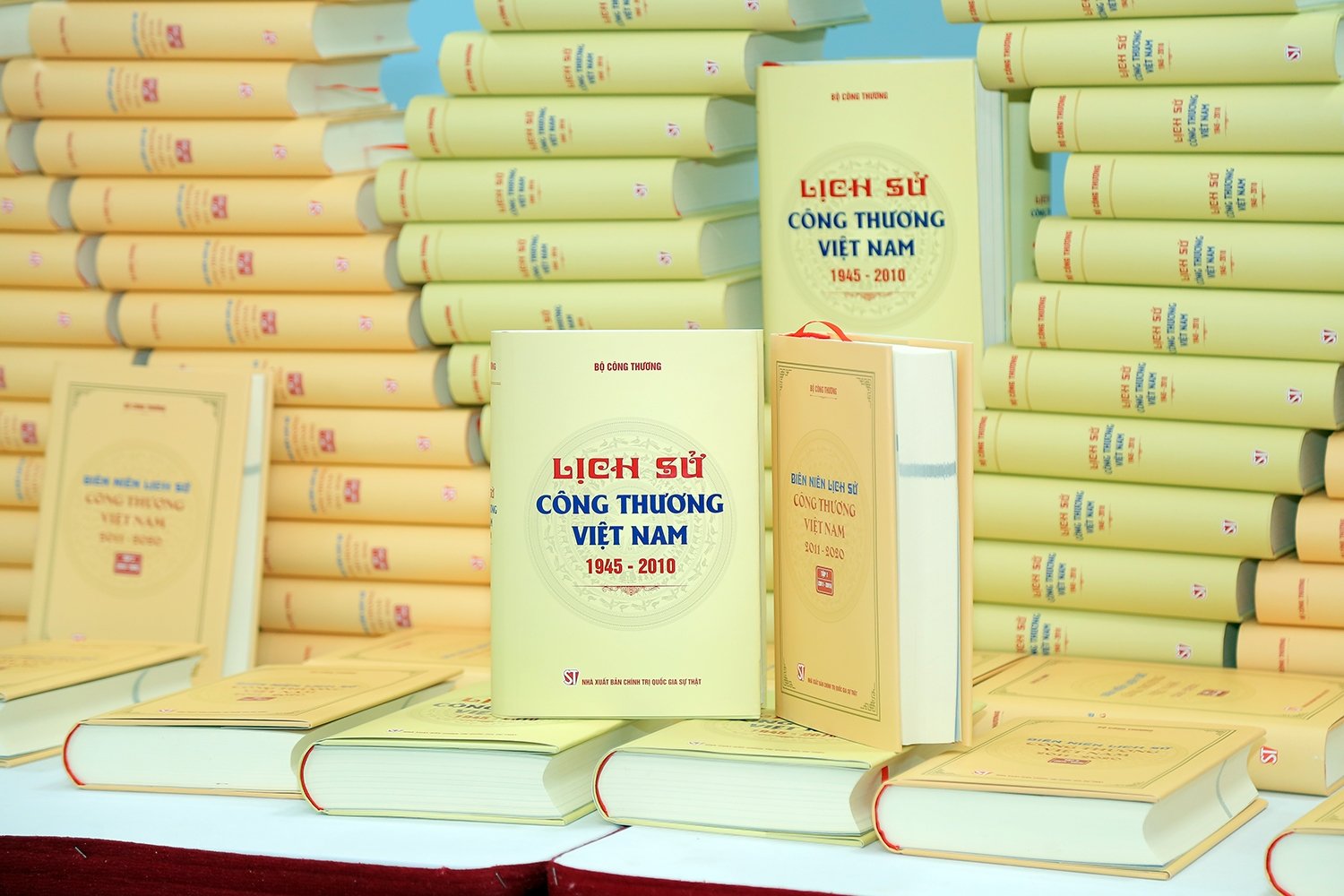
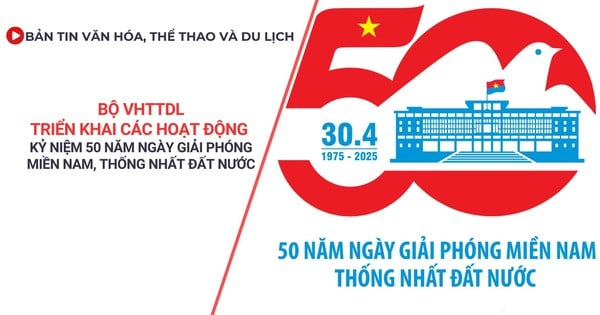
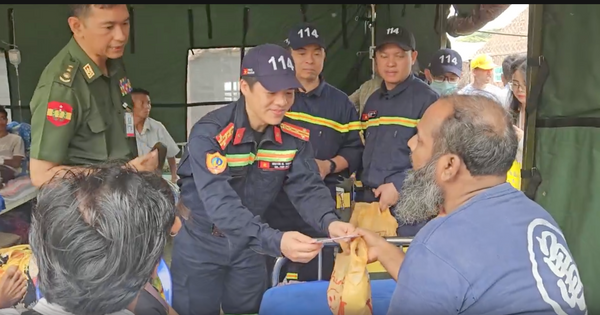






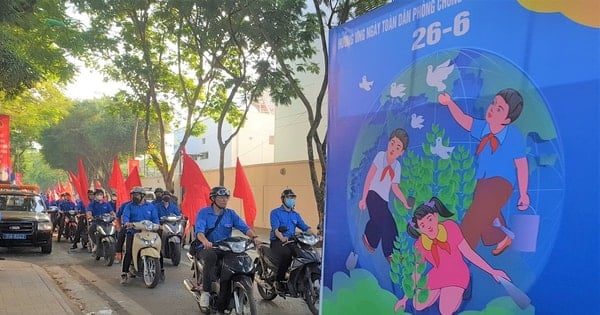
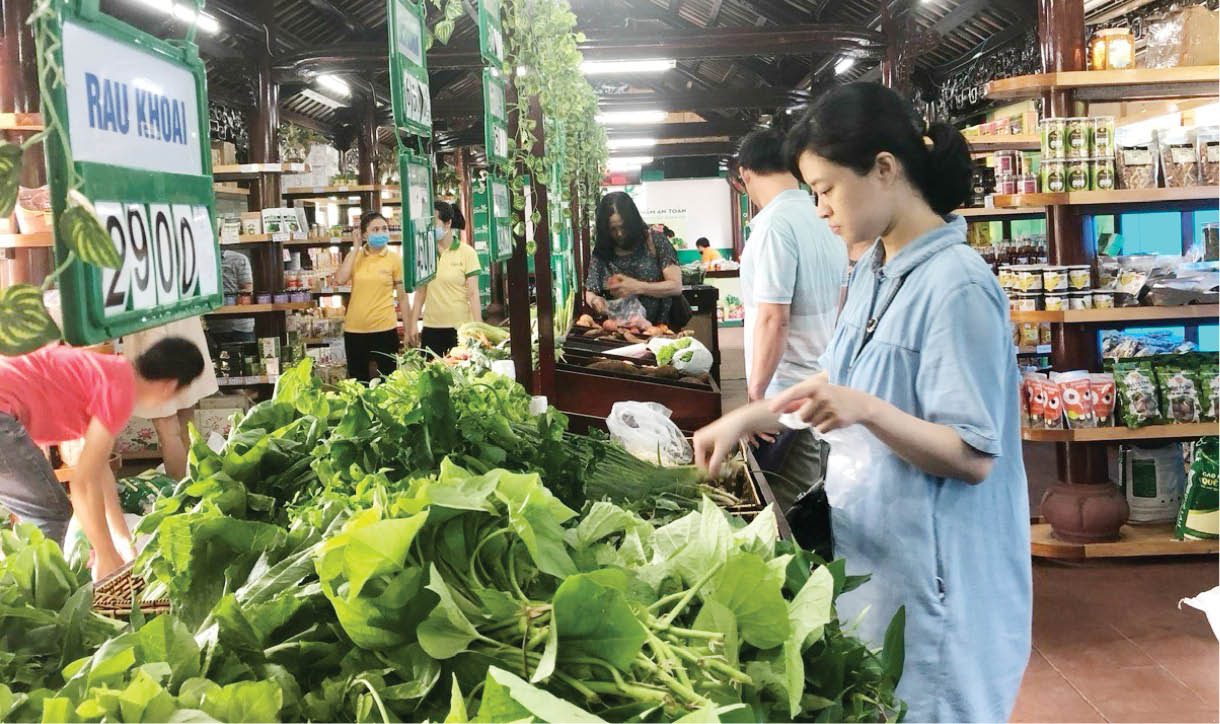

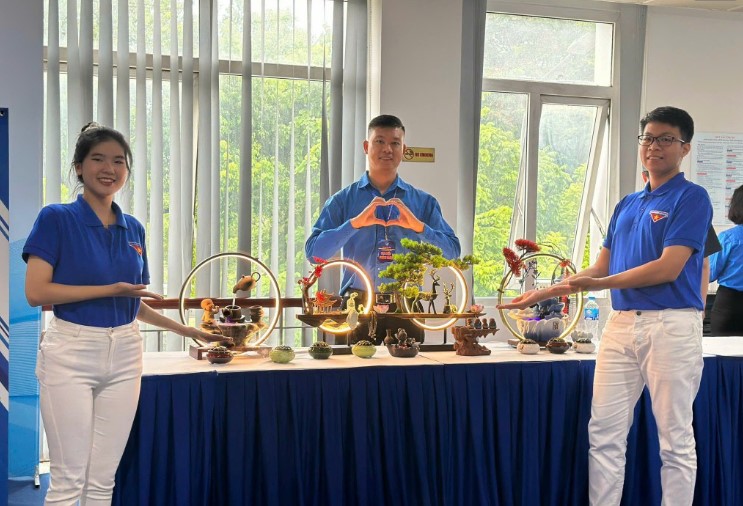
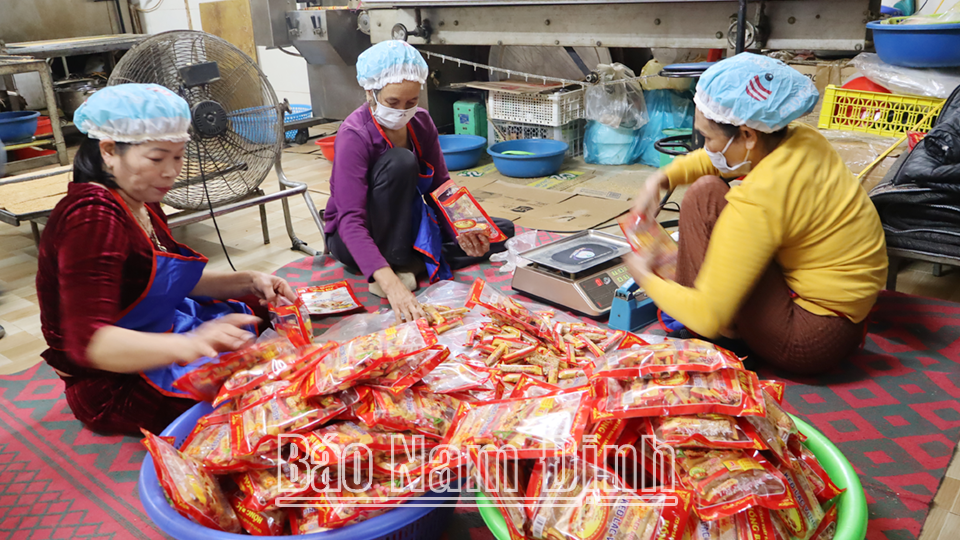

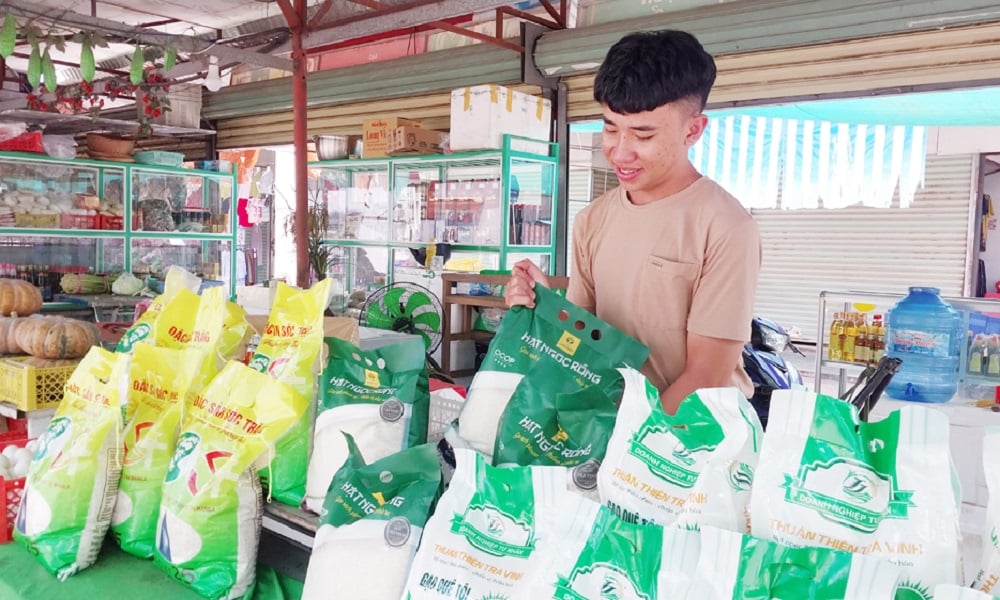
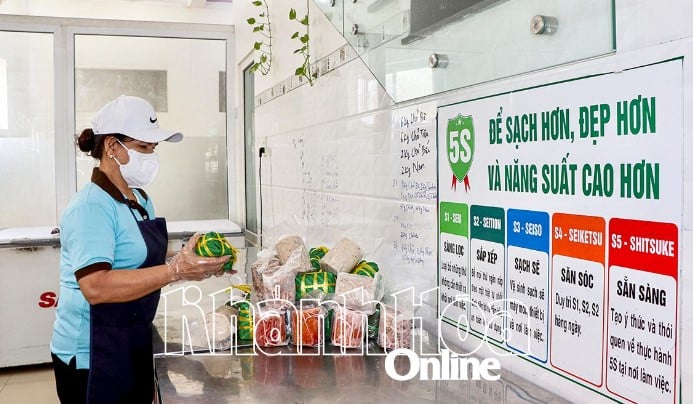

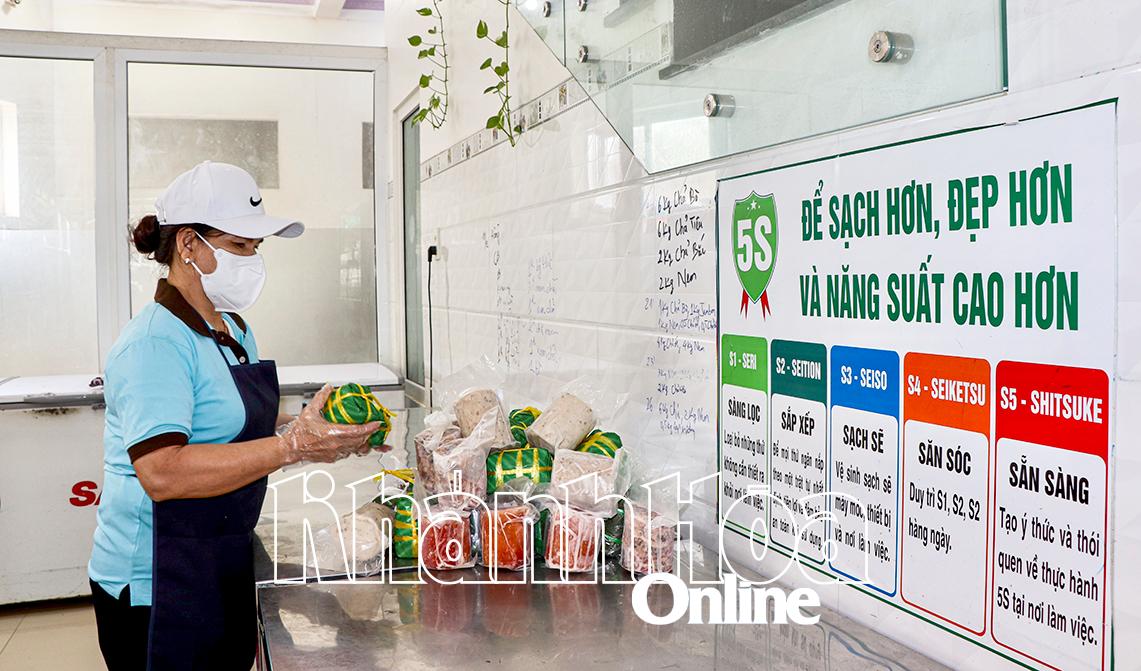
Comment (0)